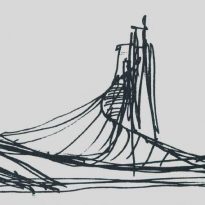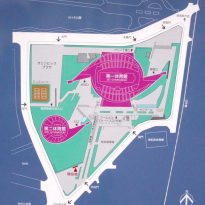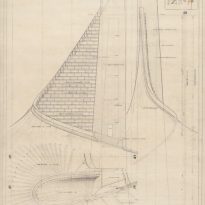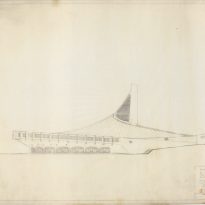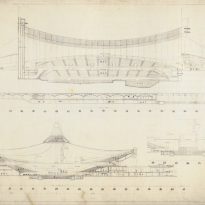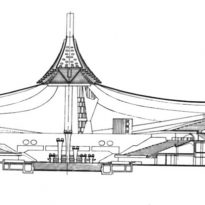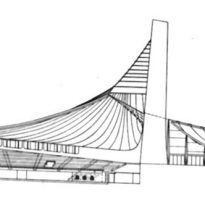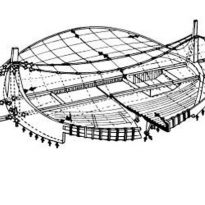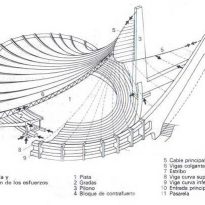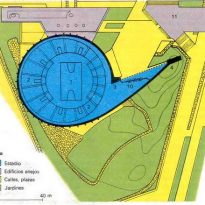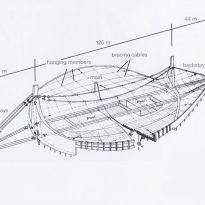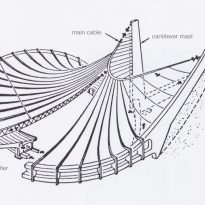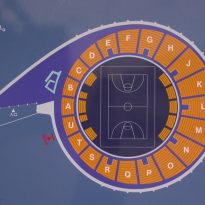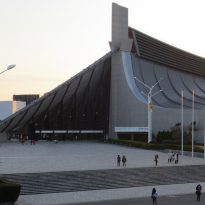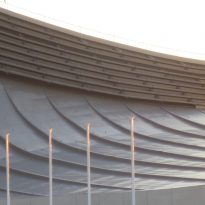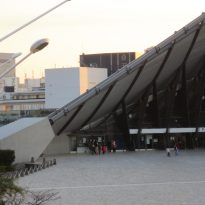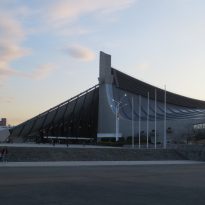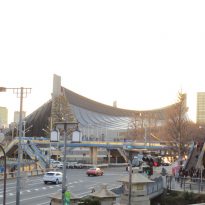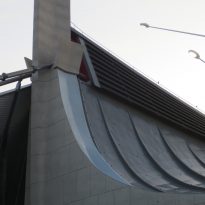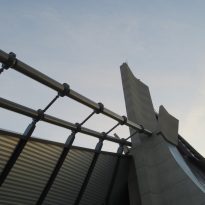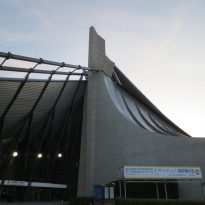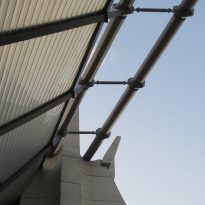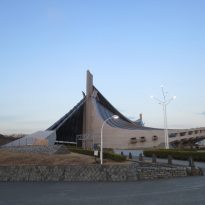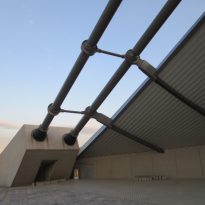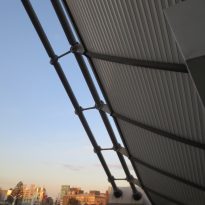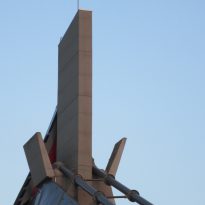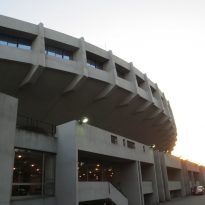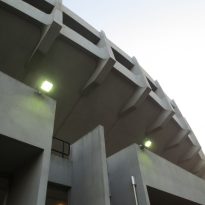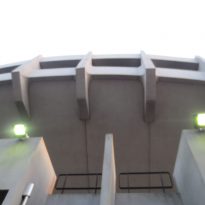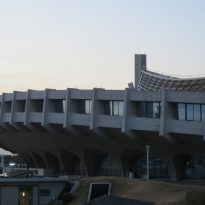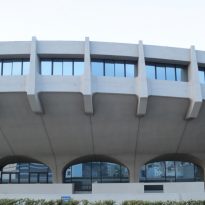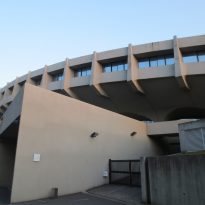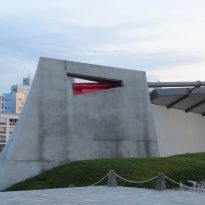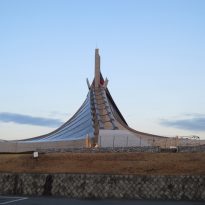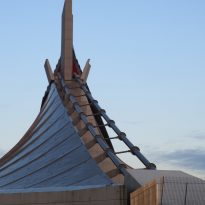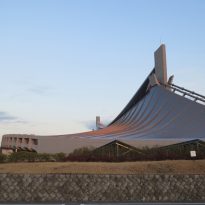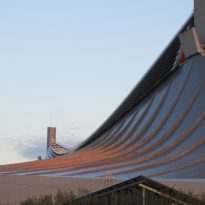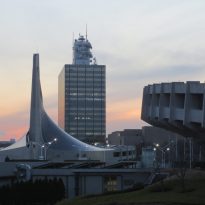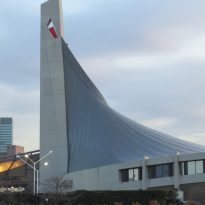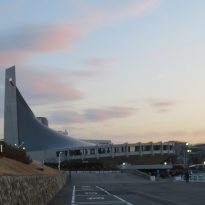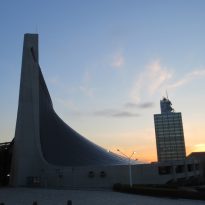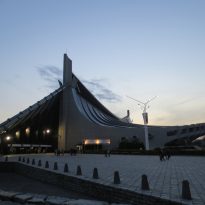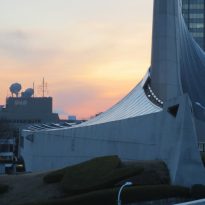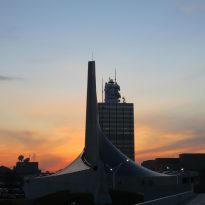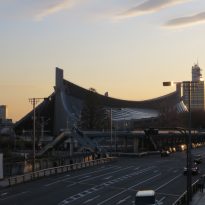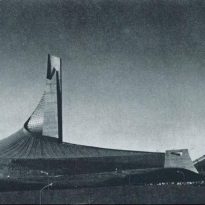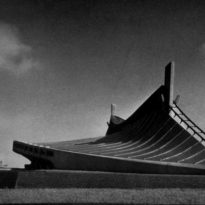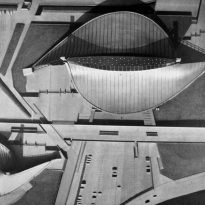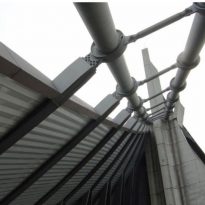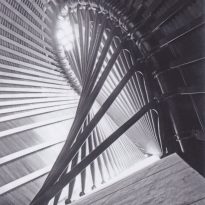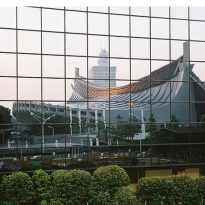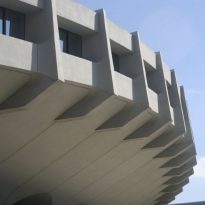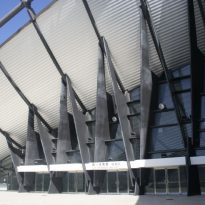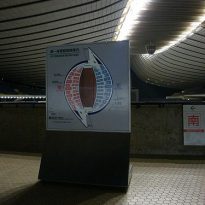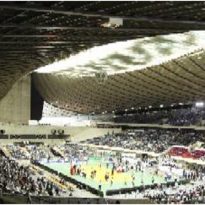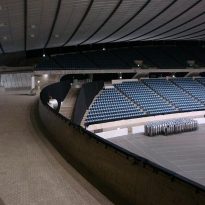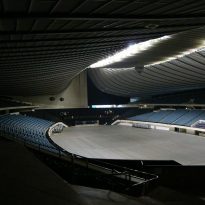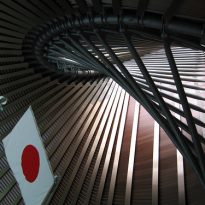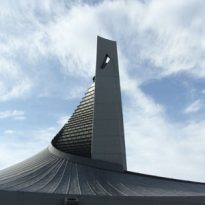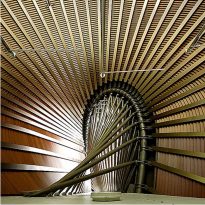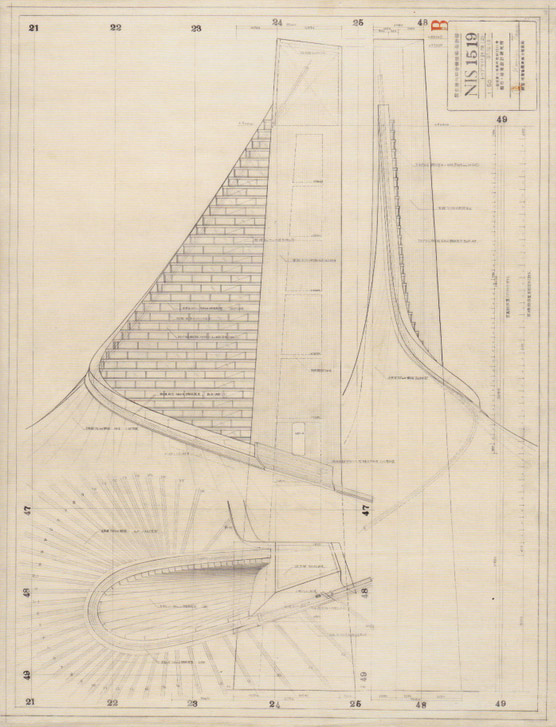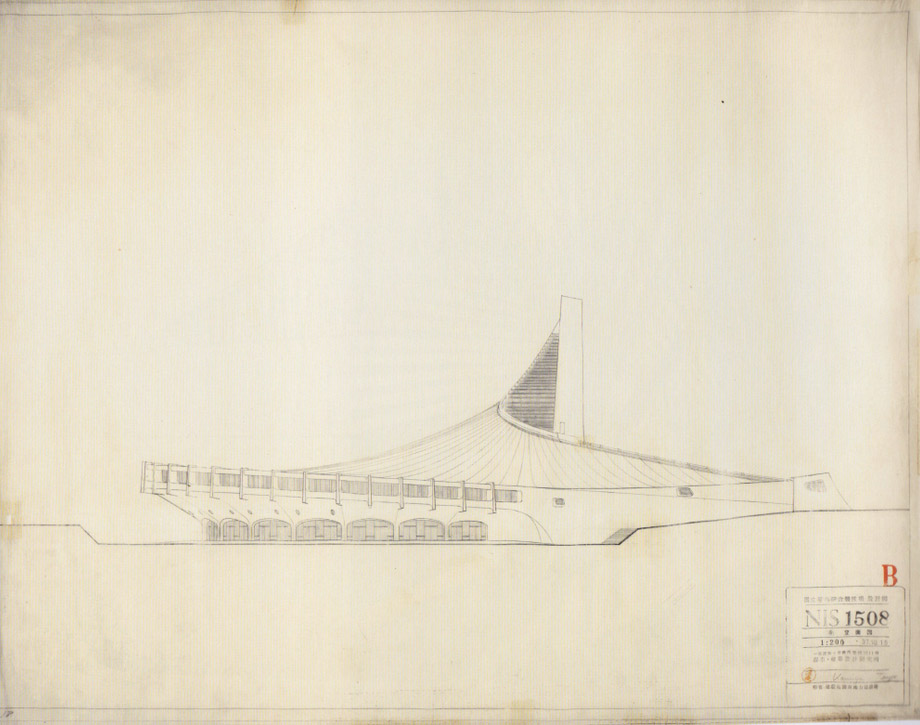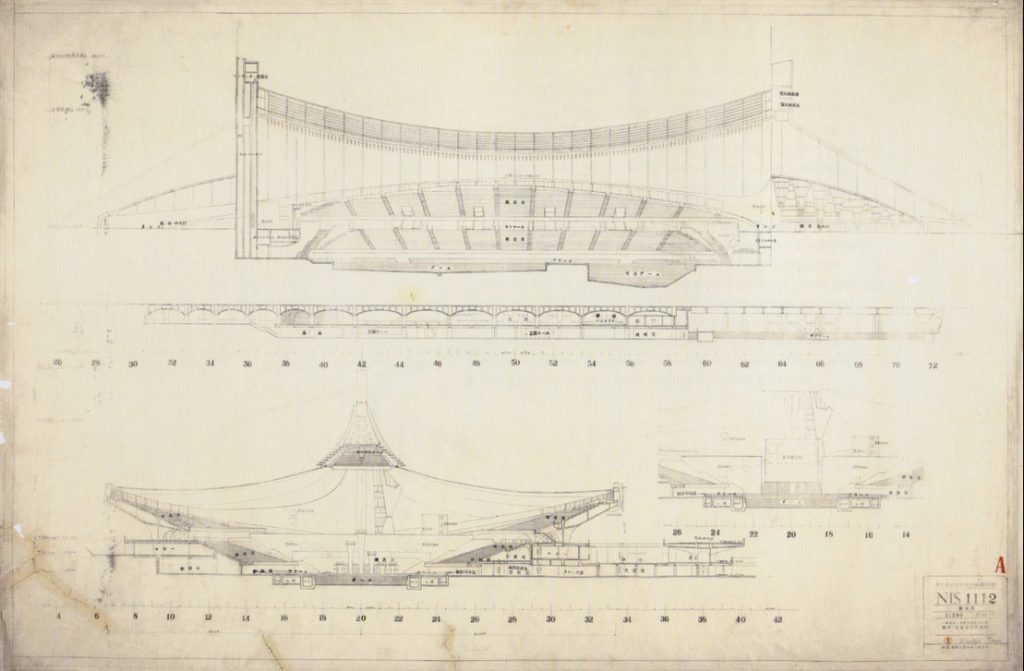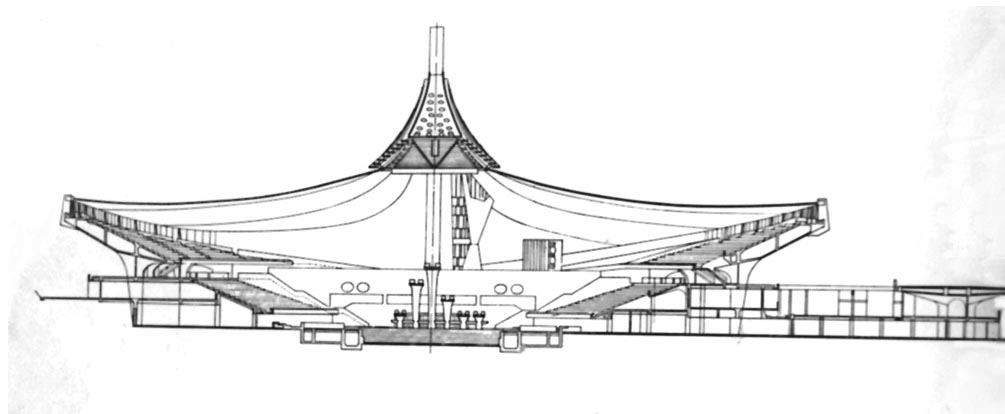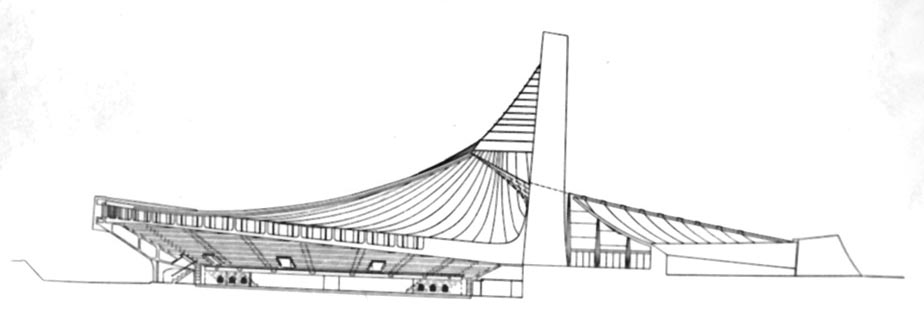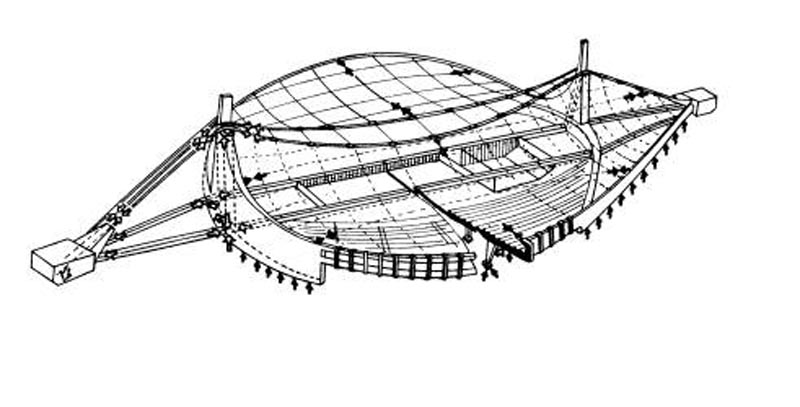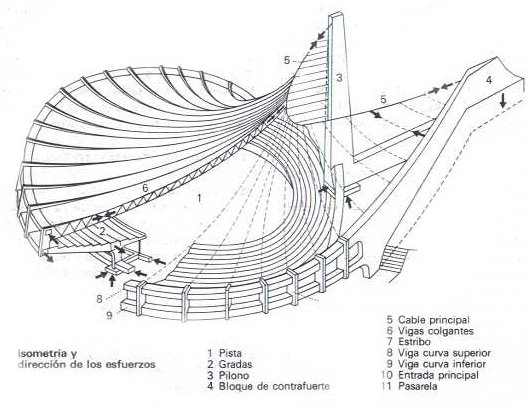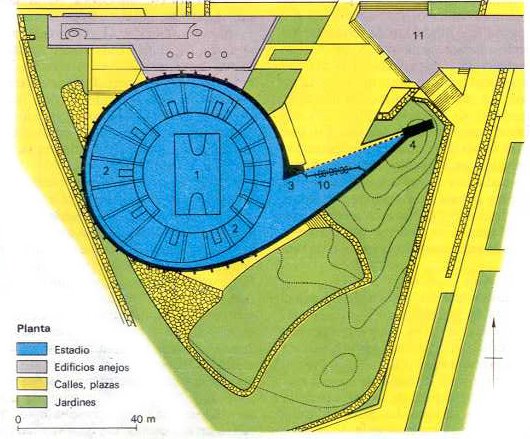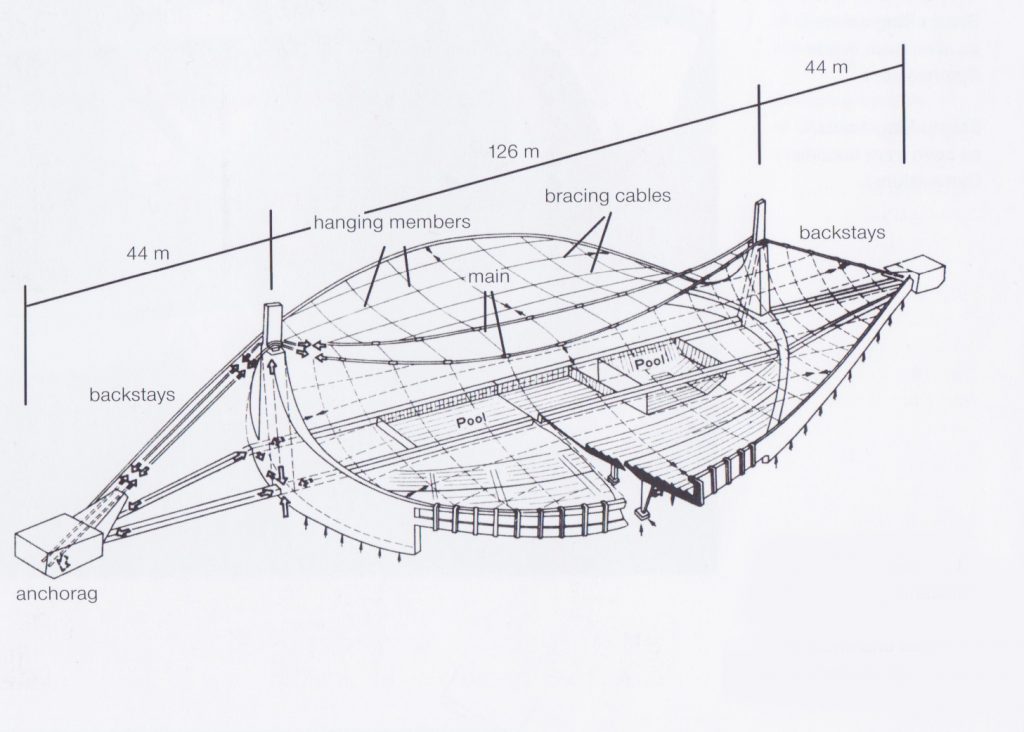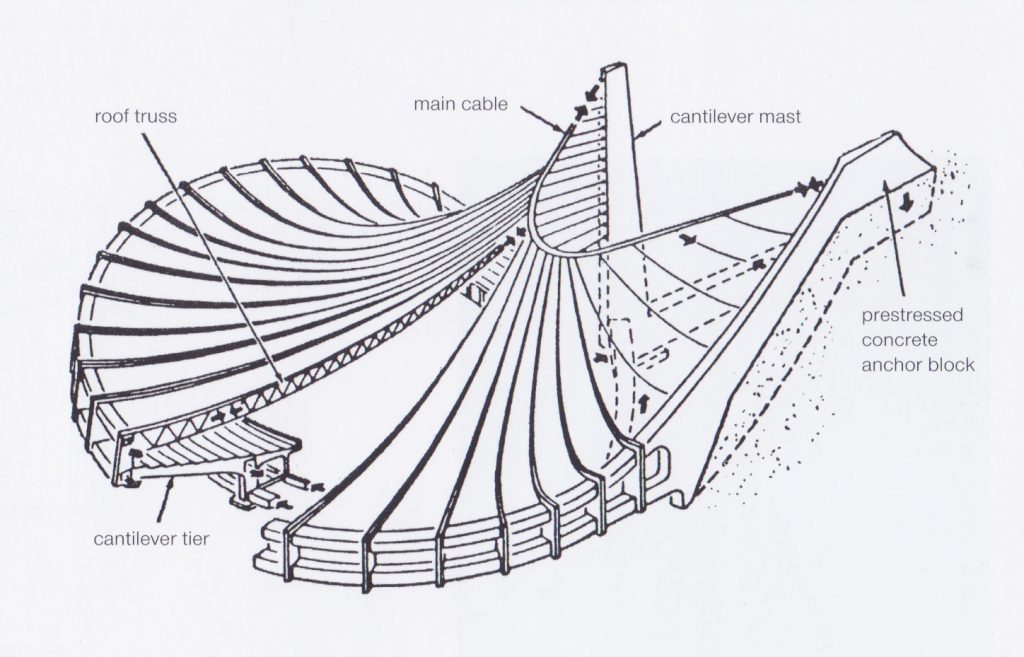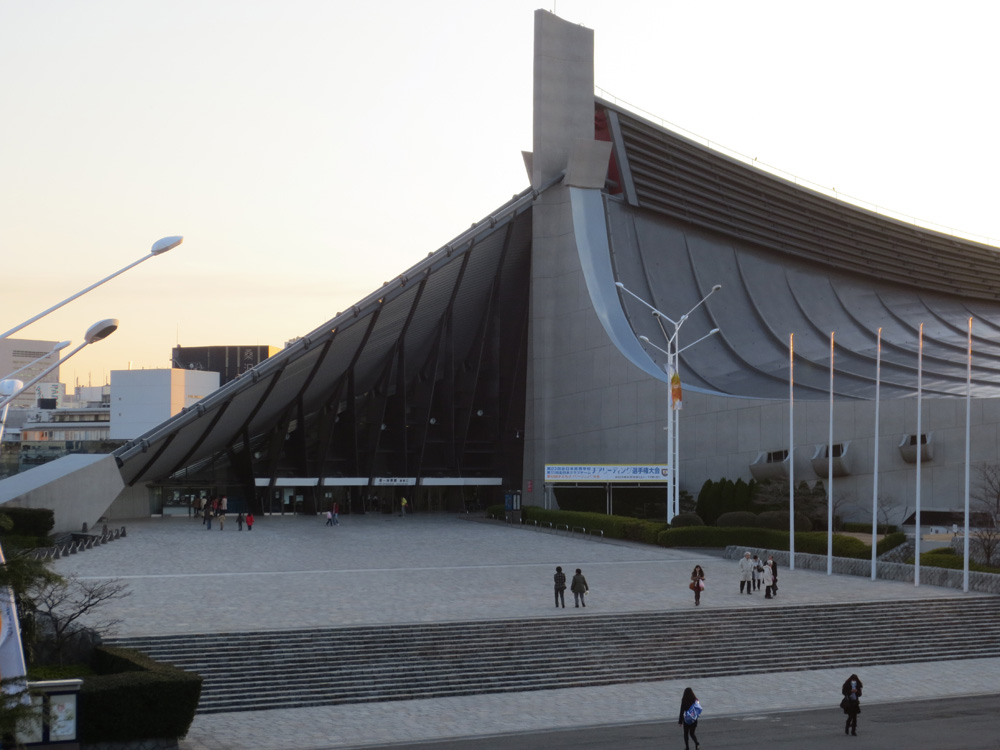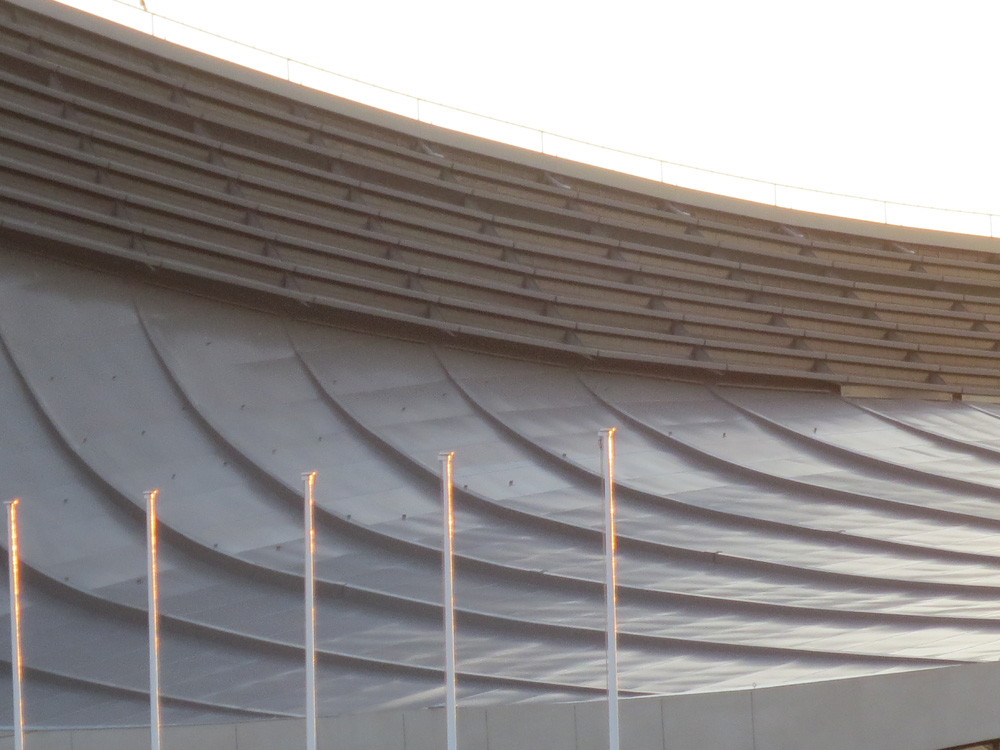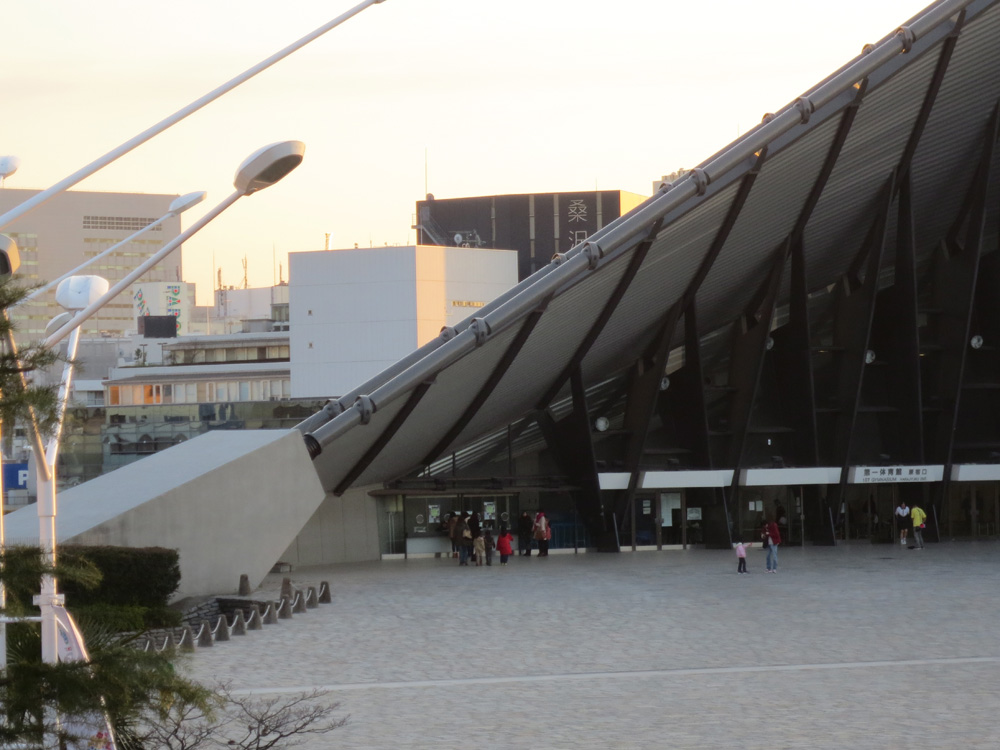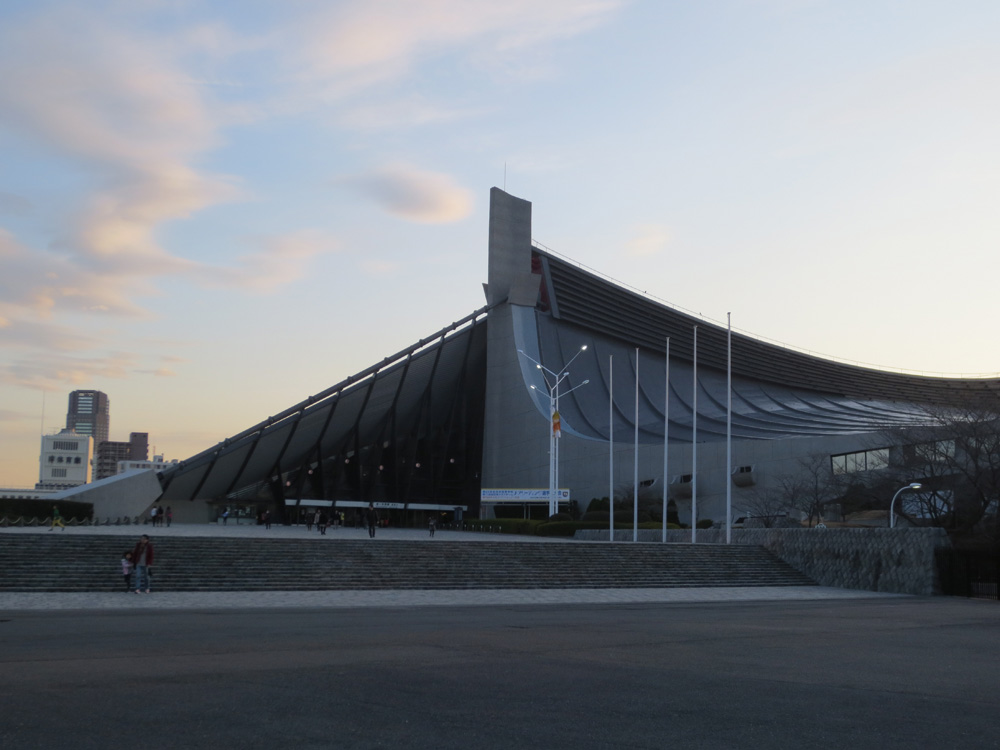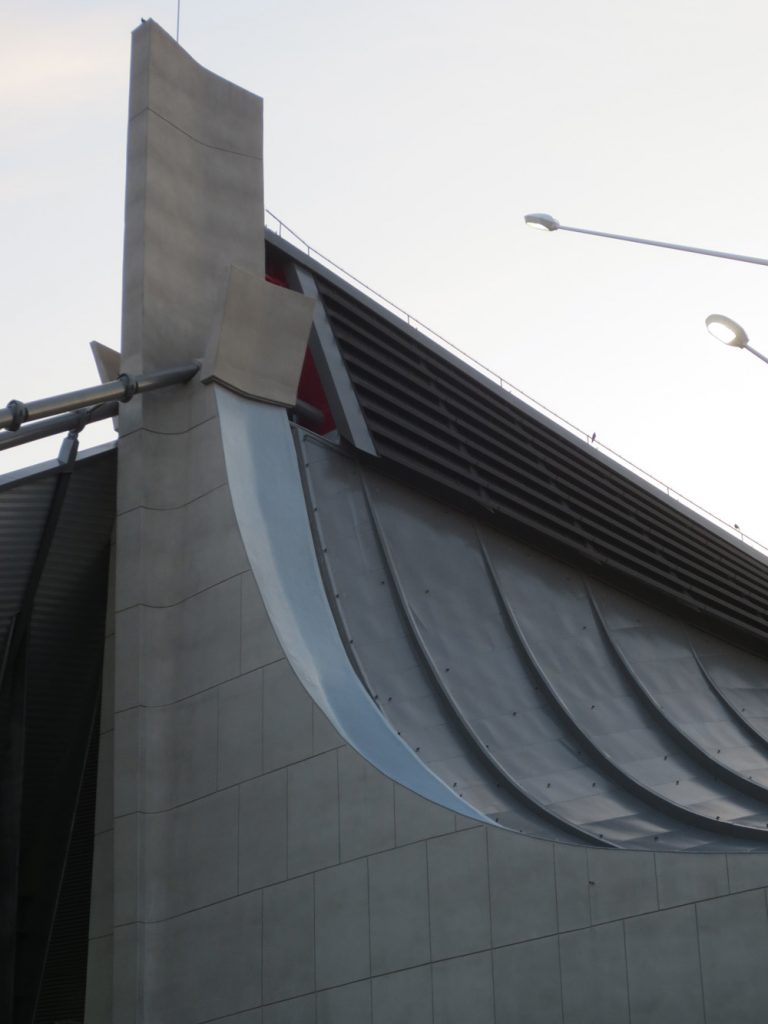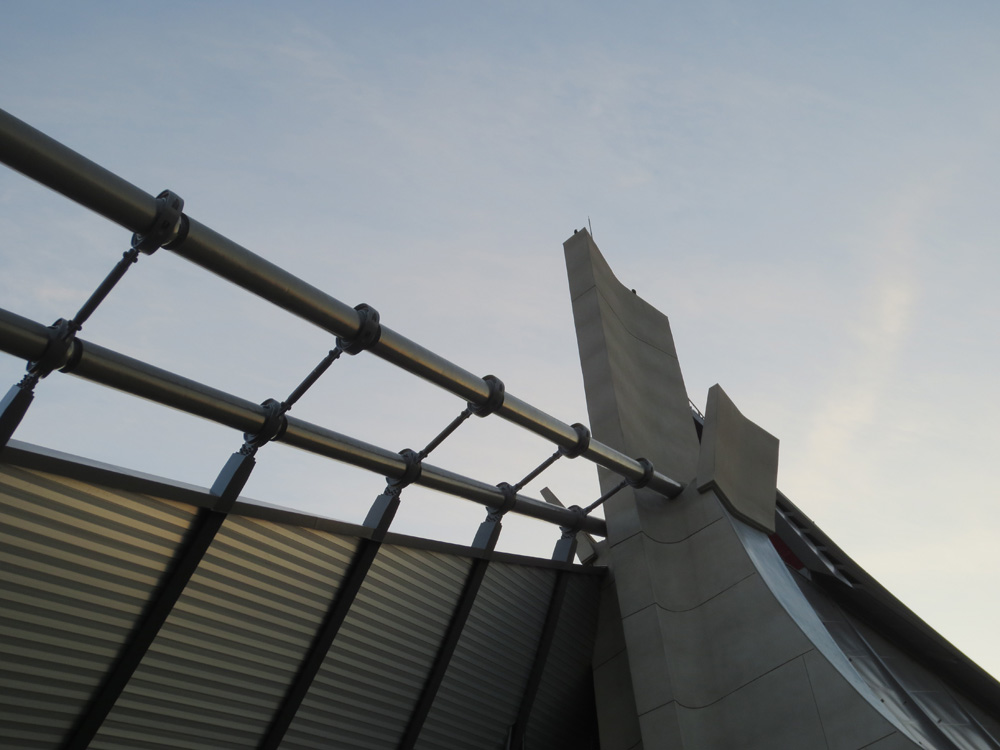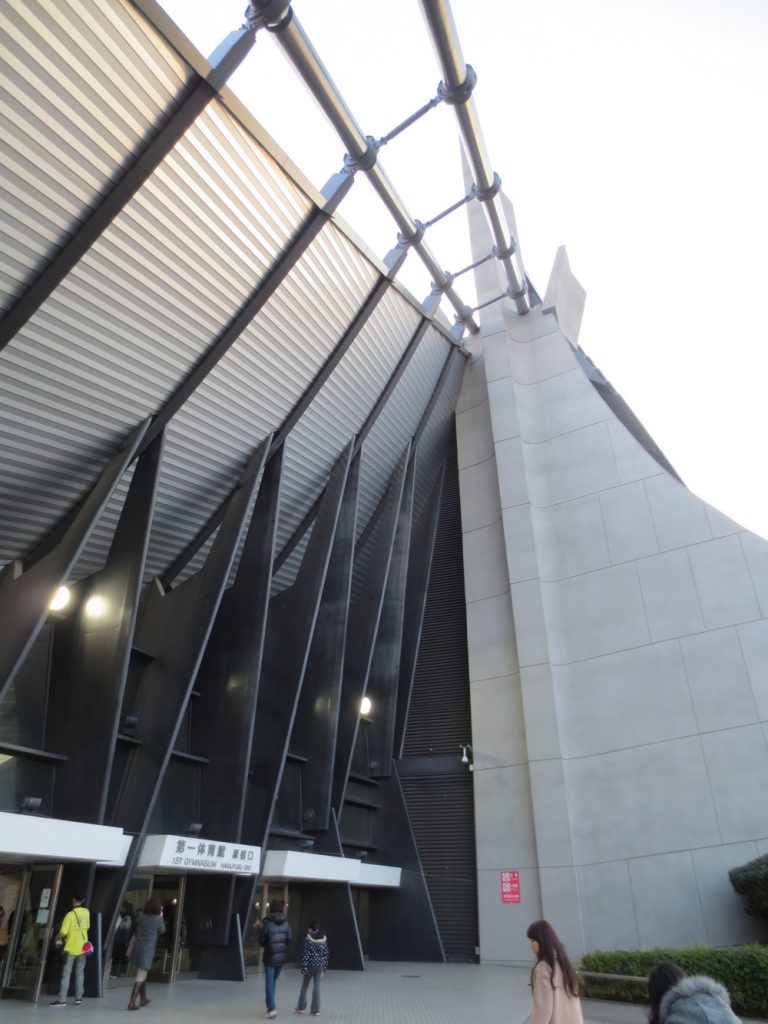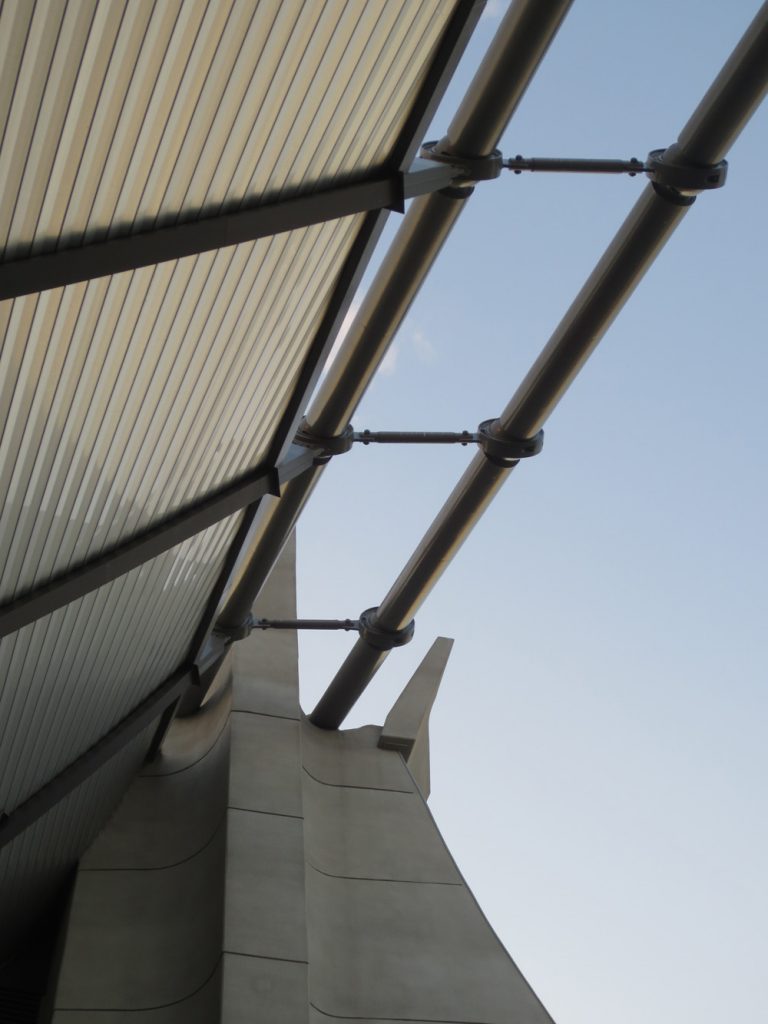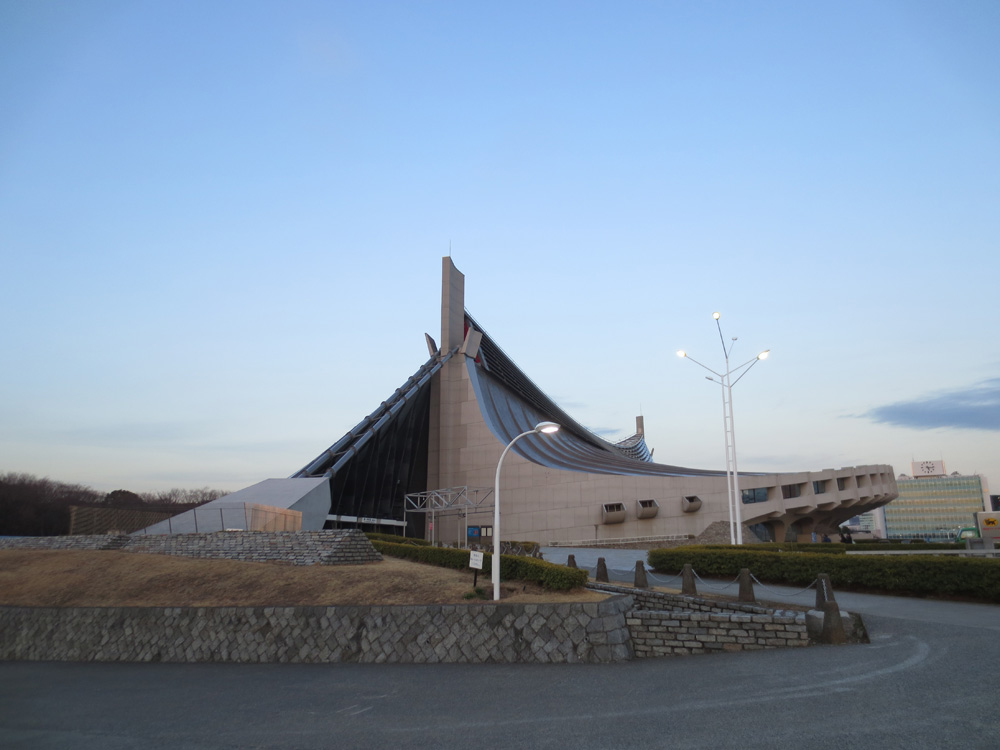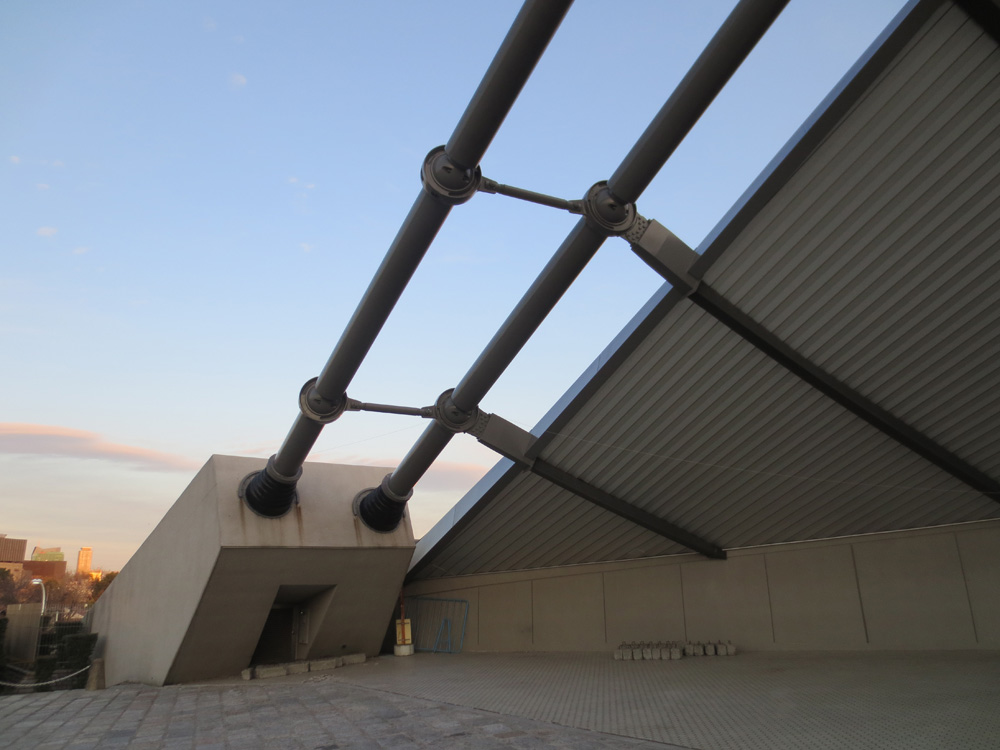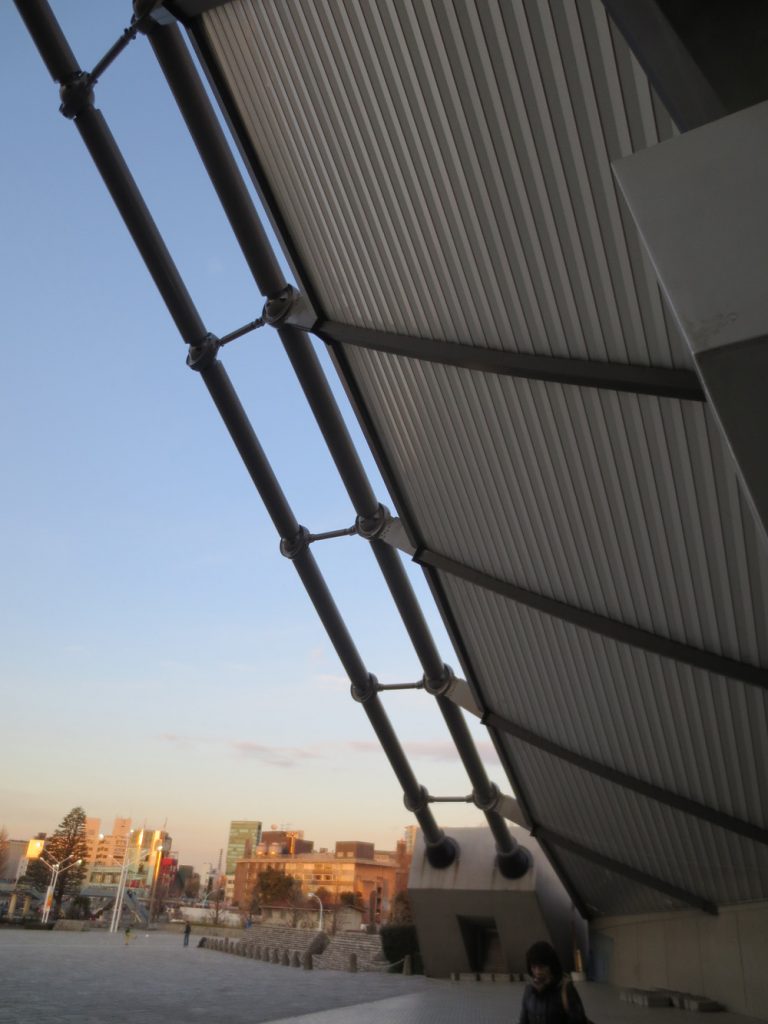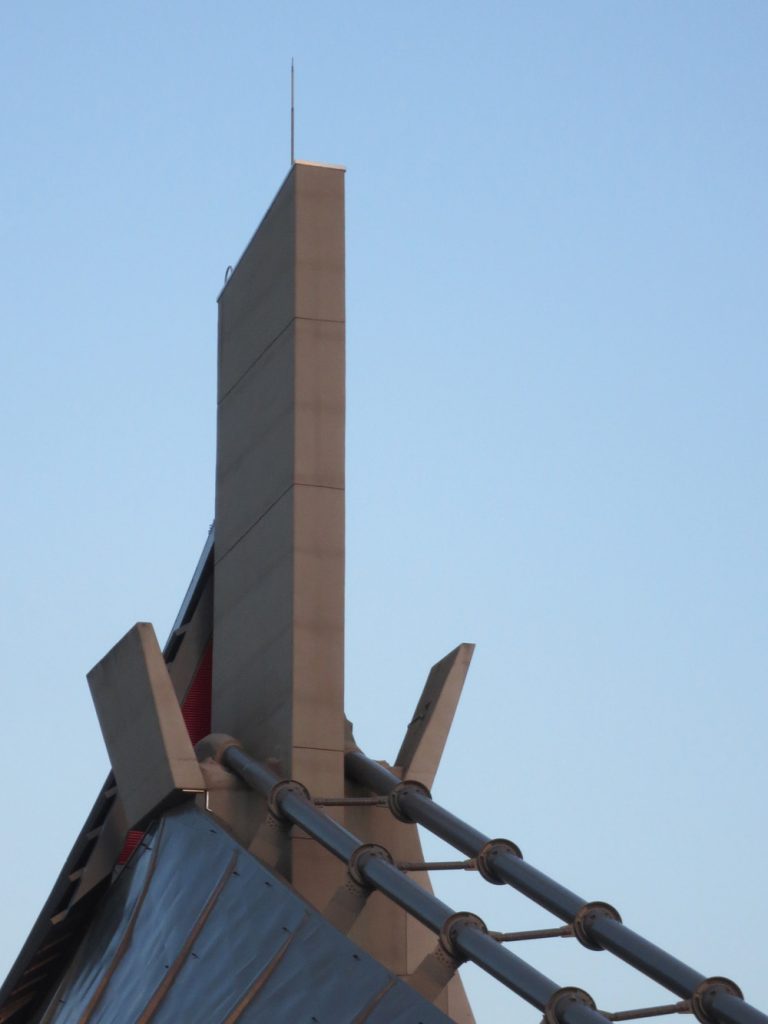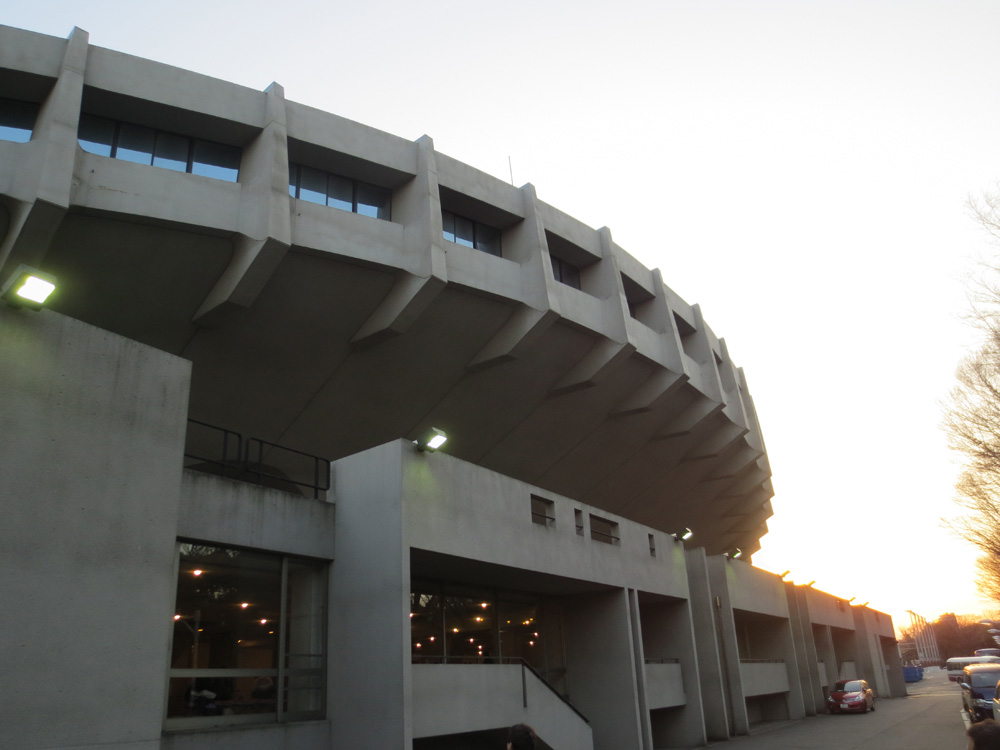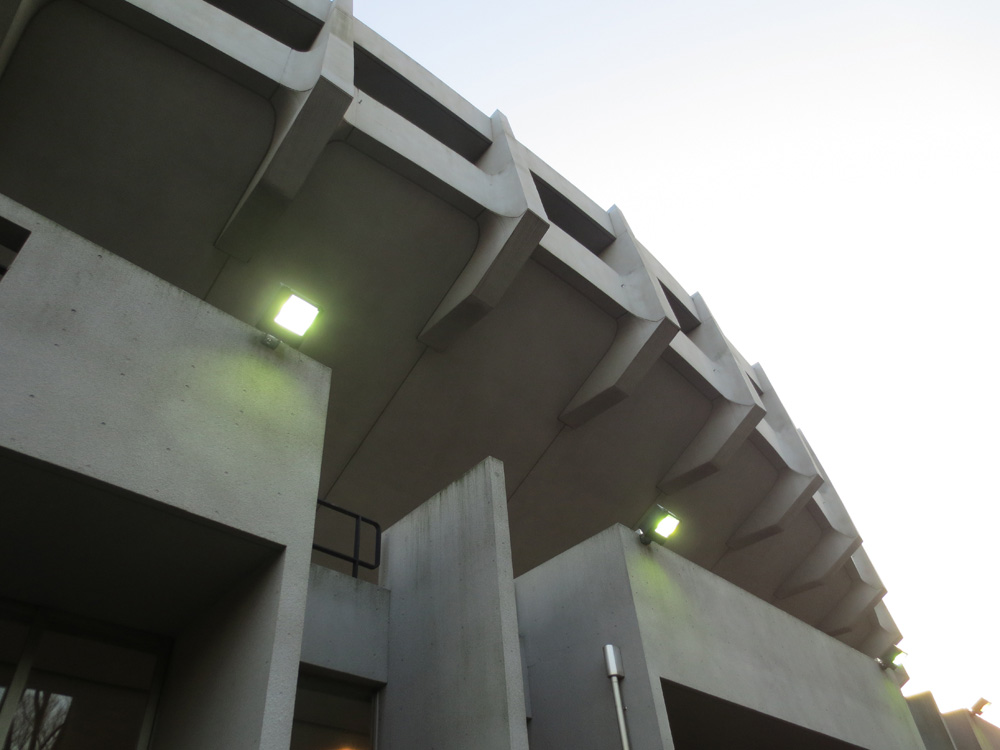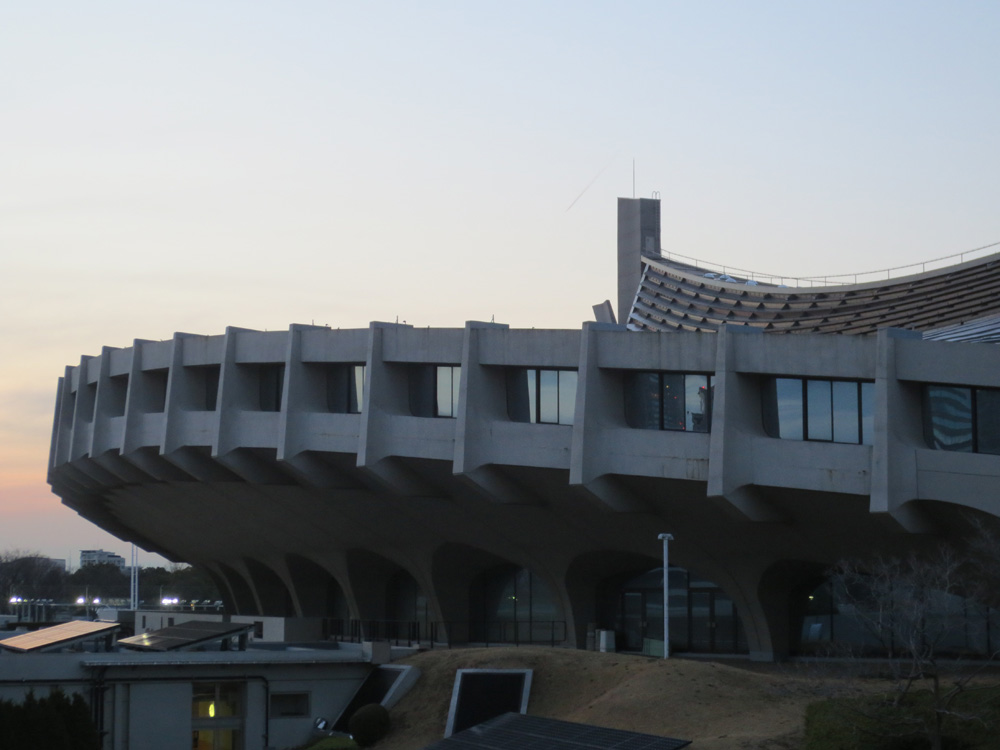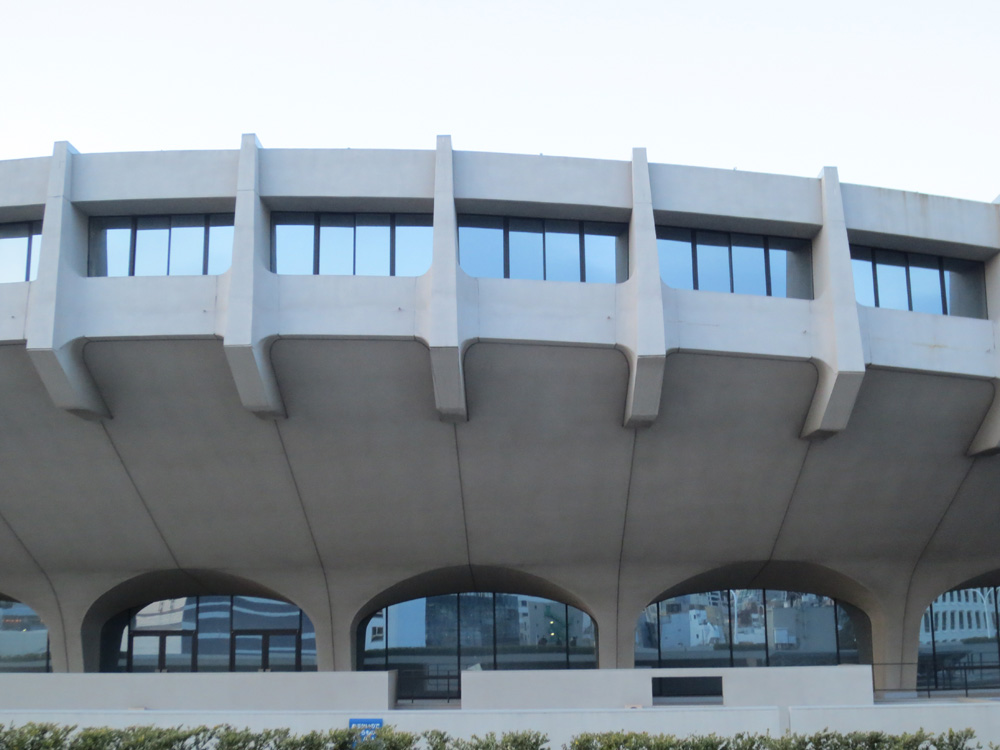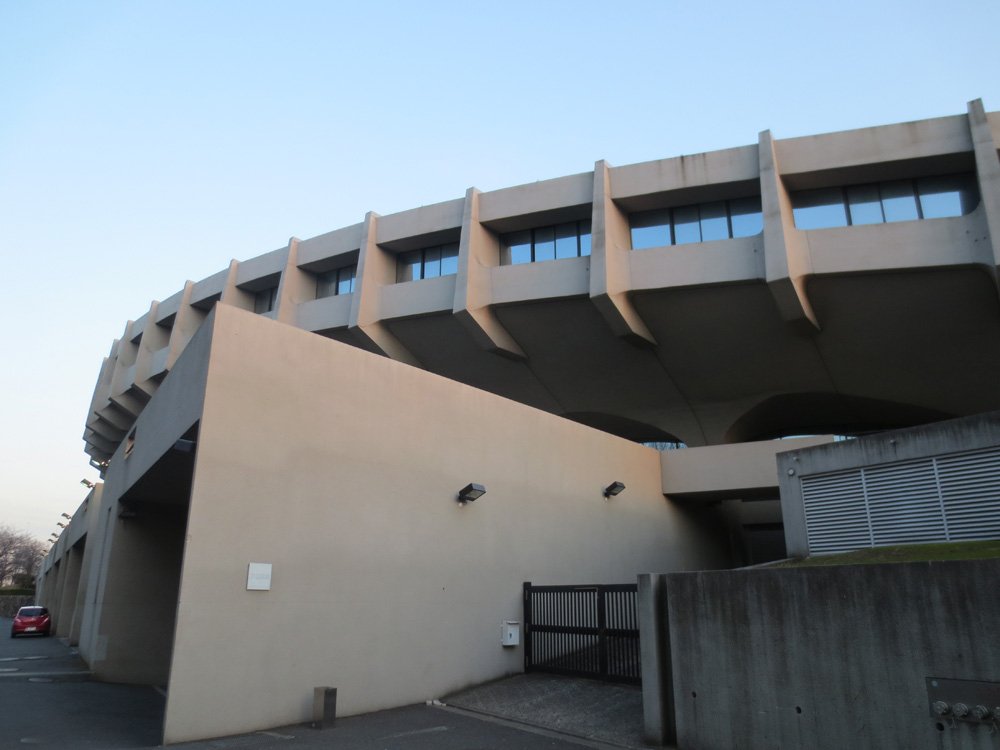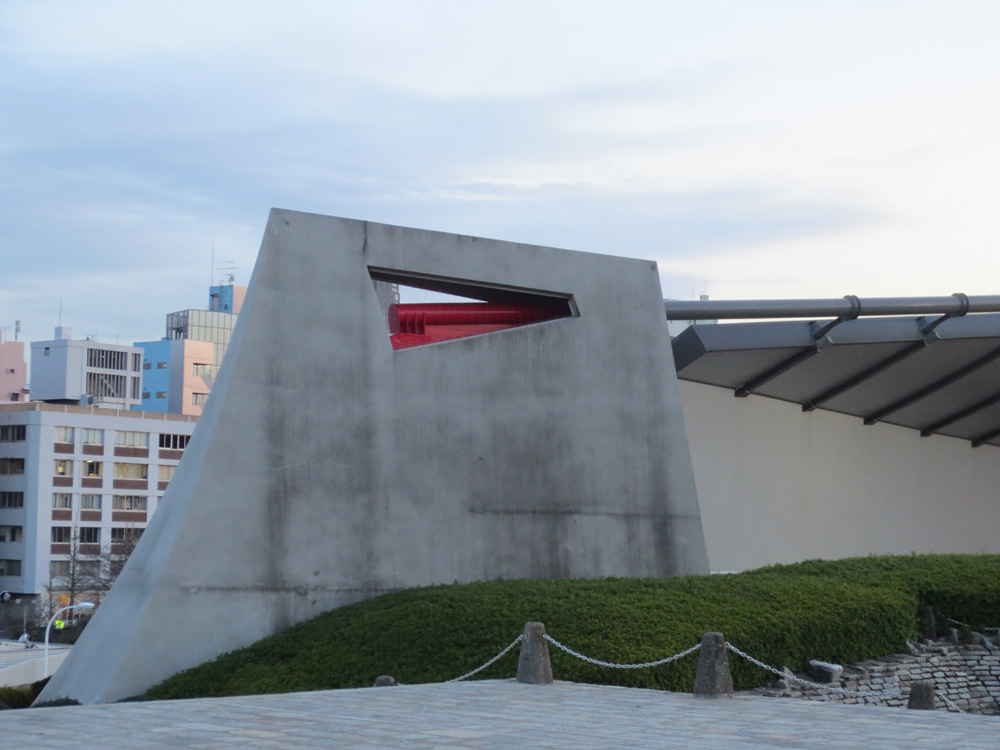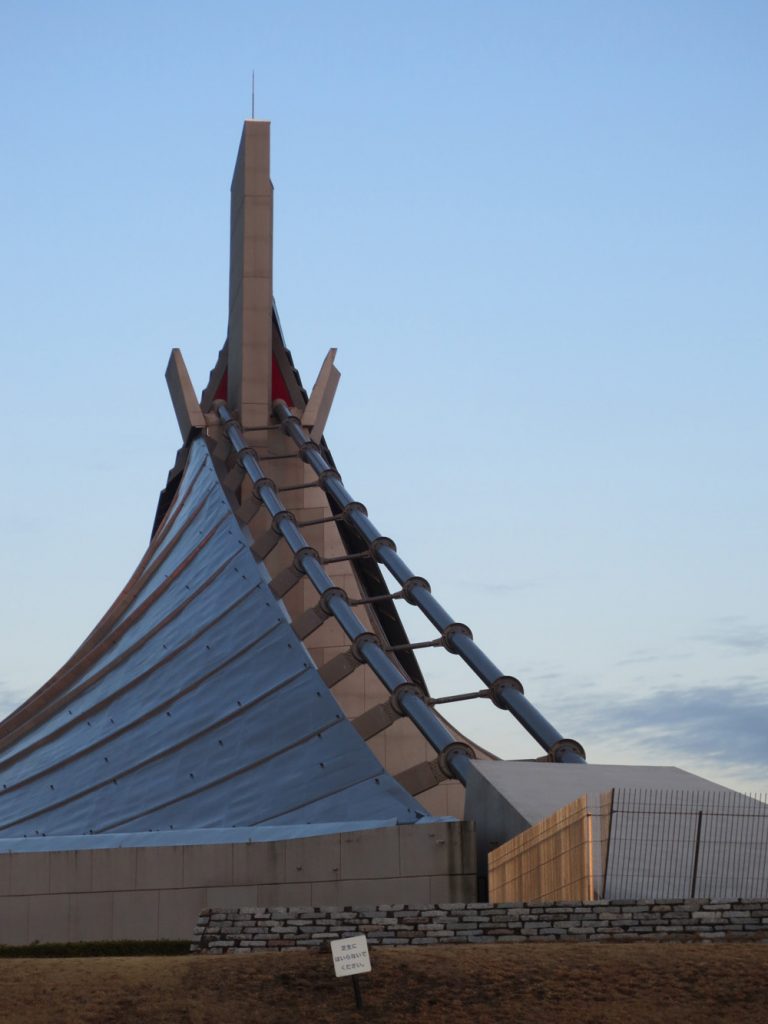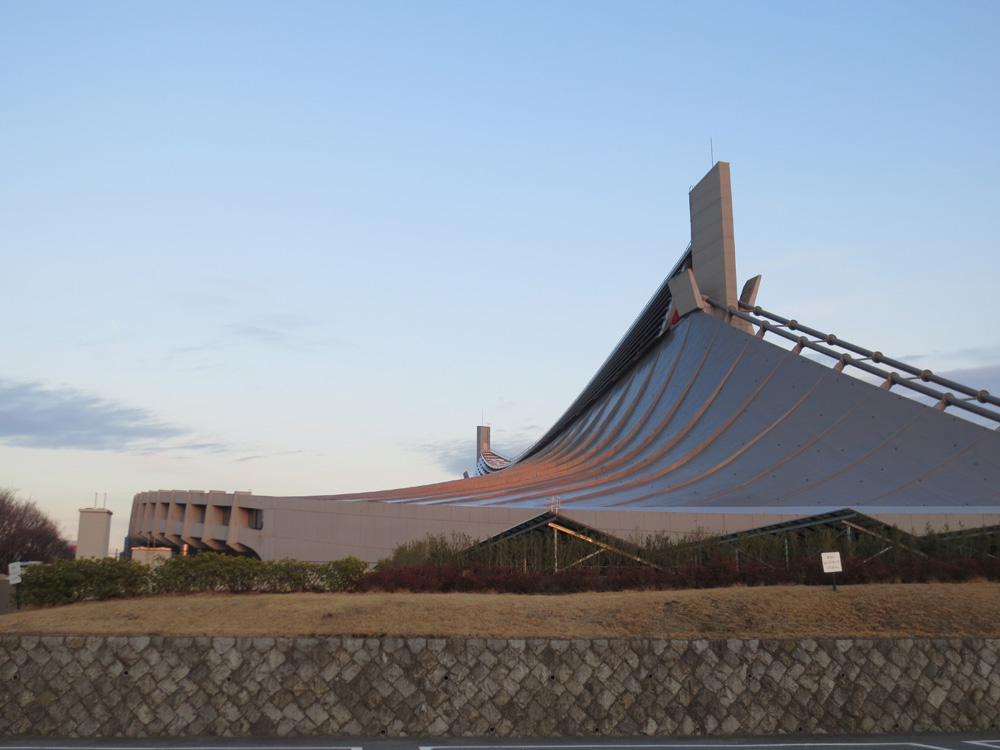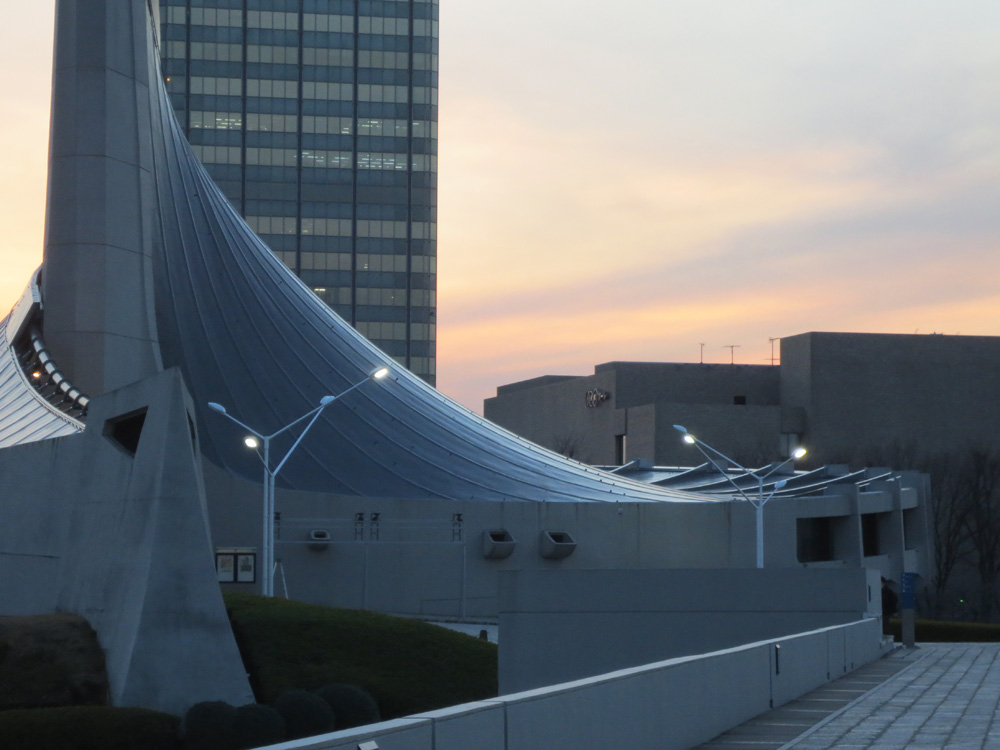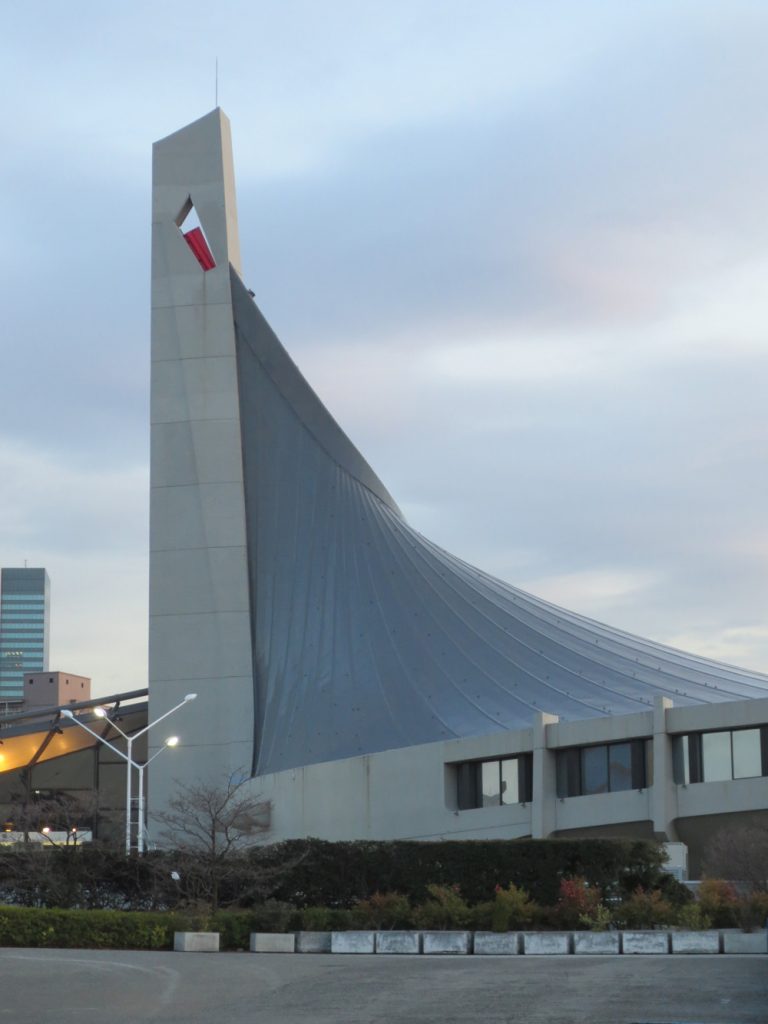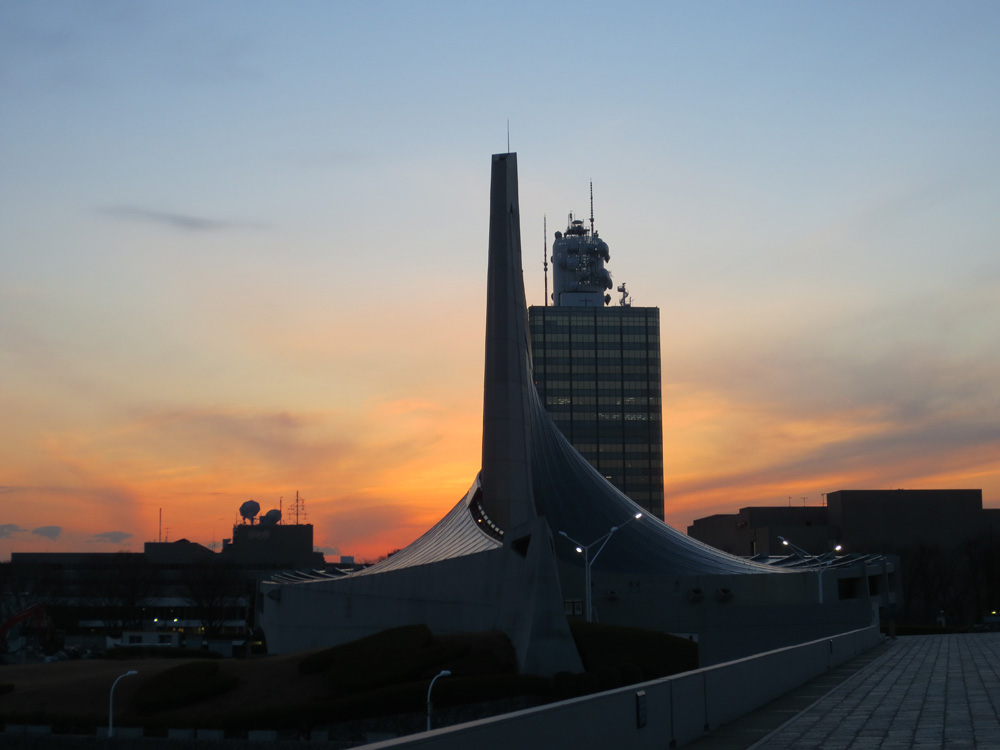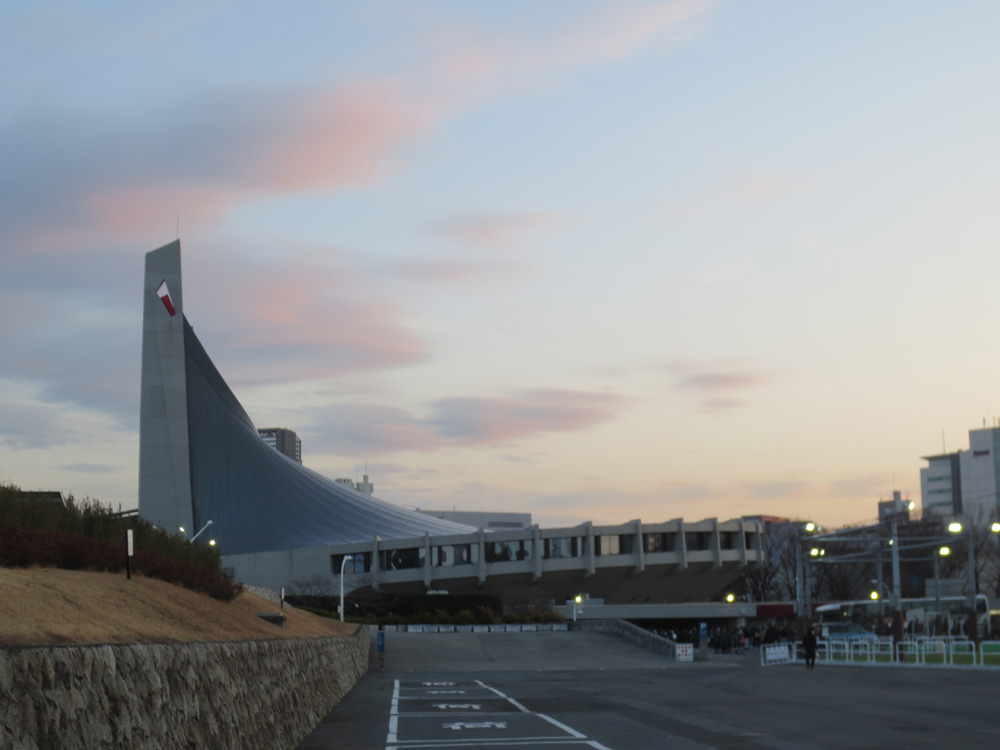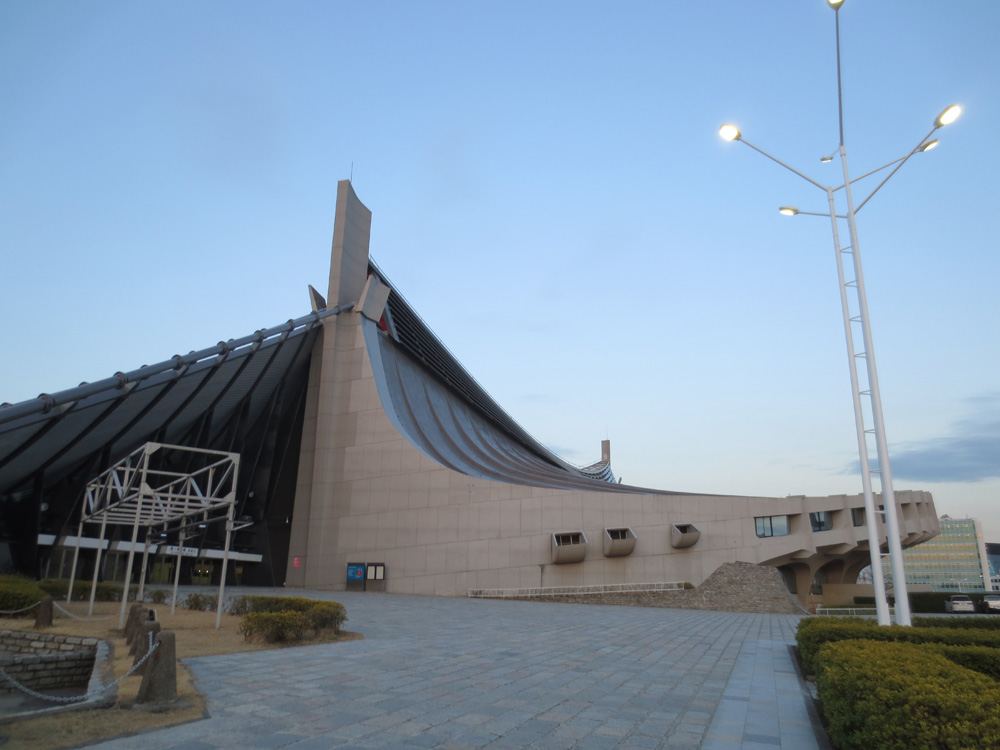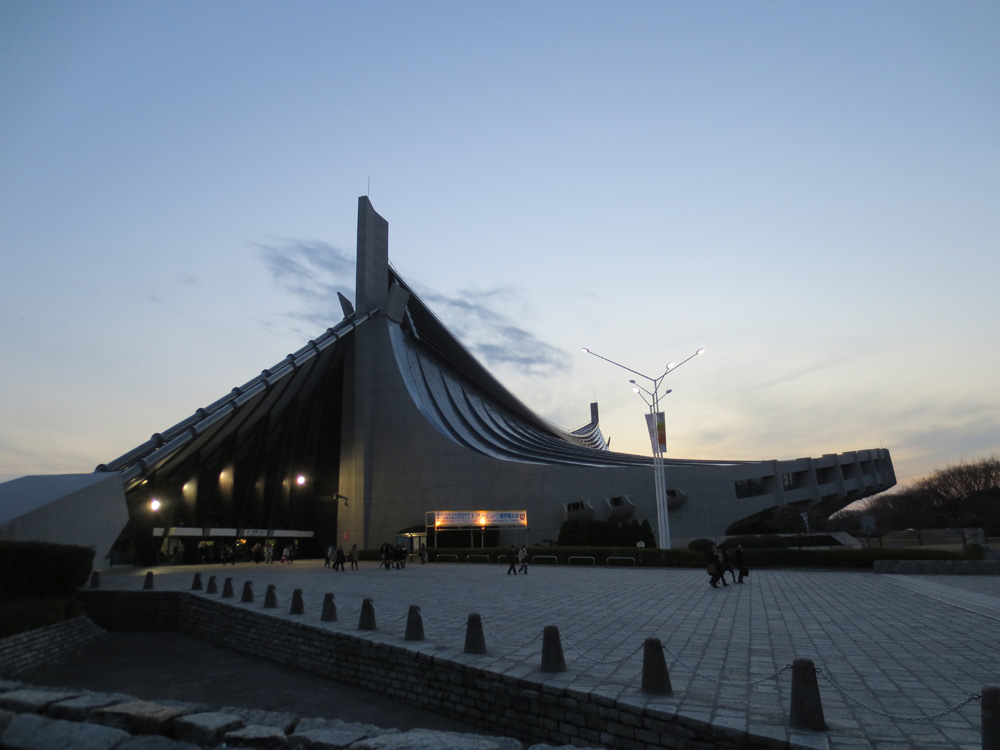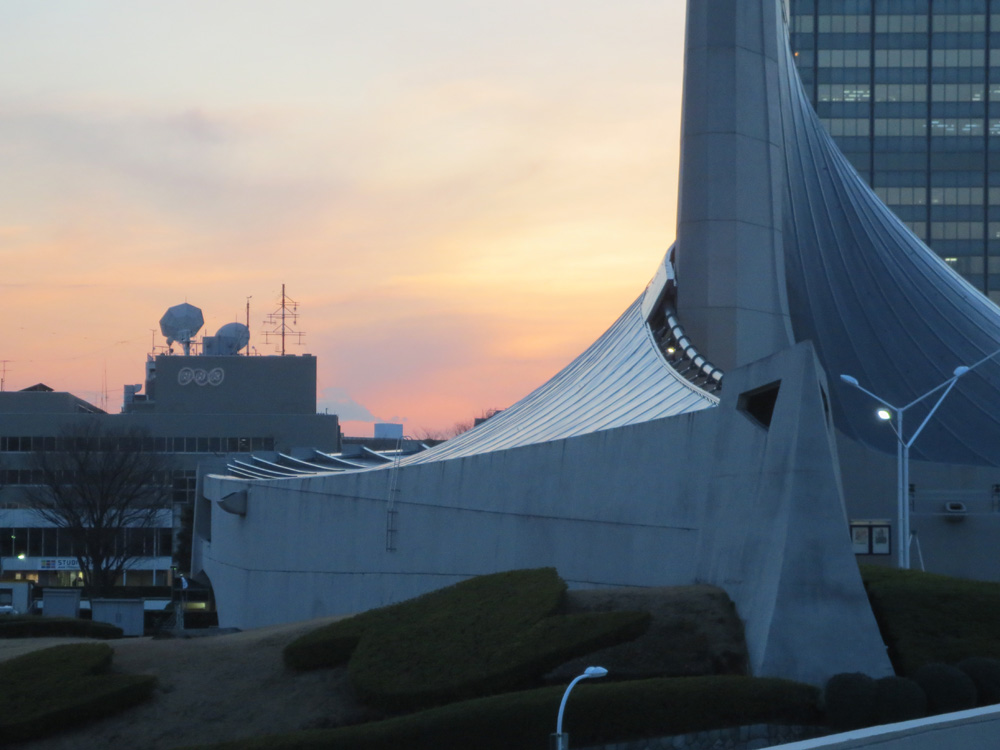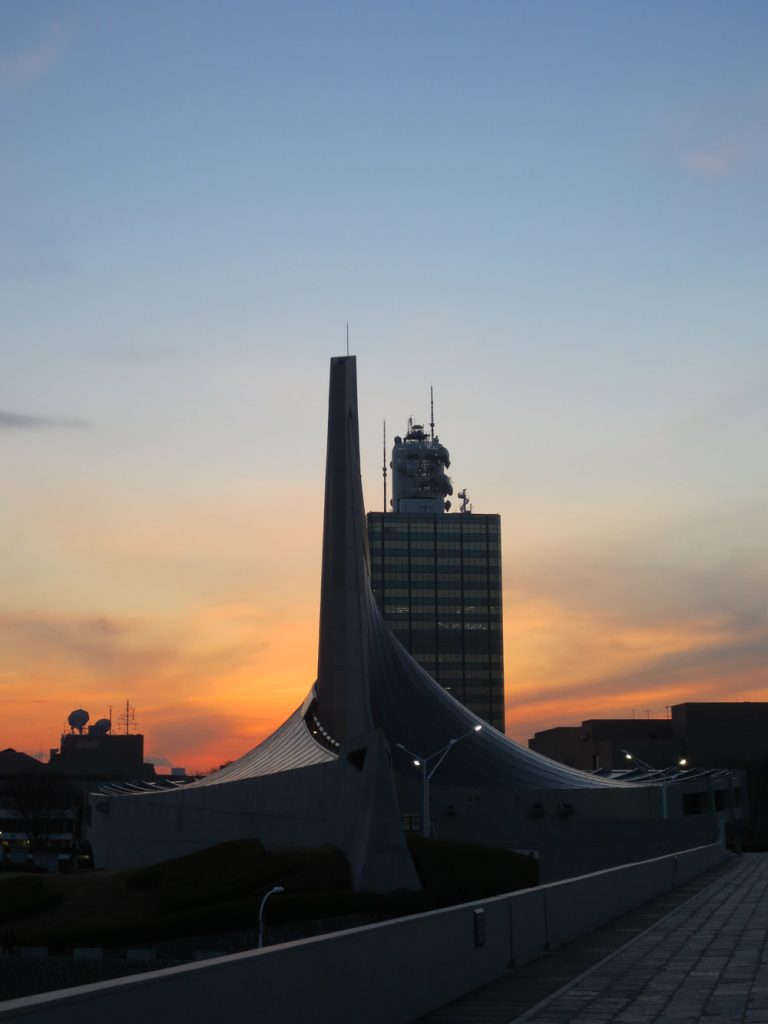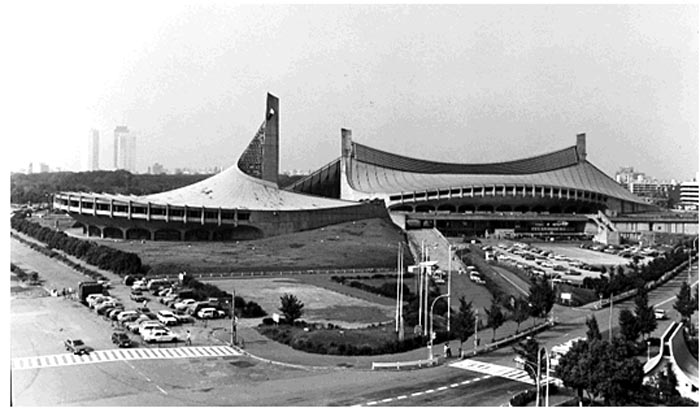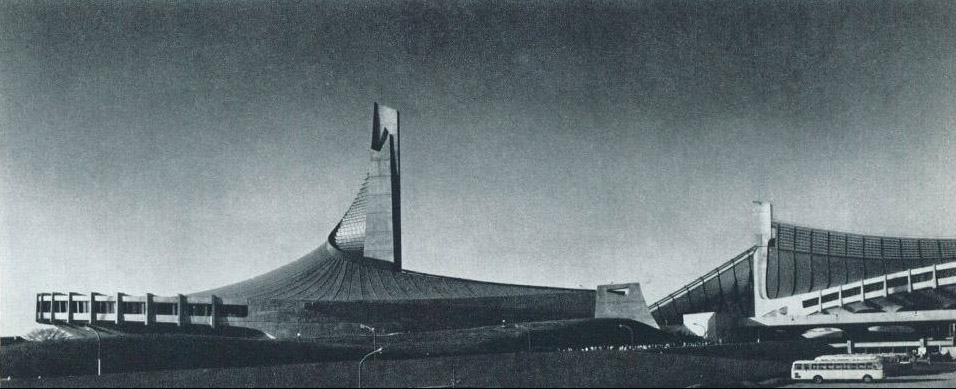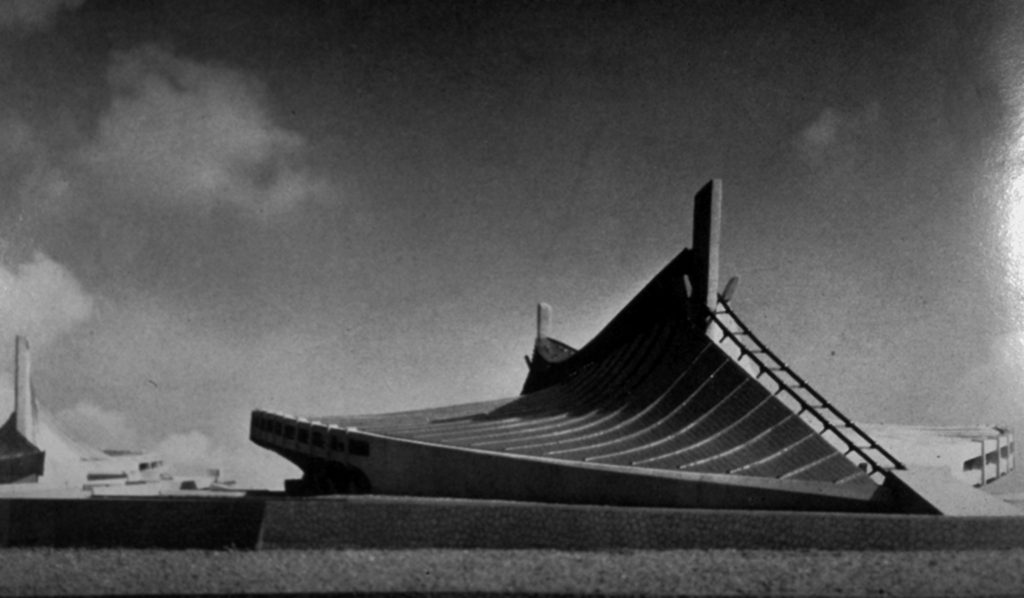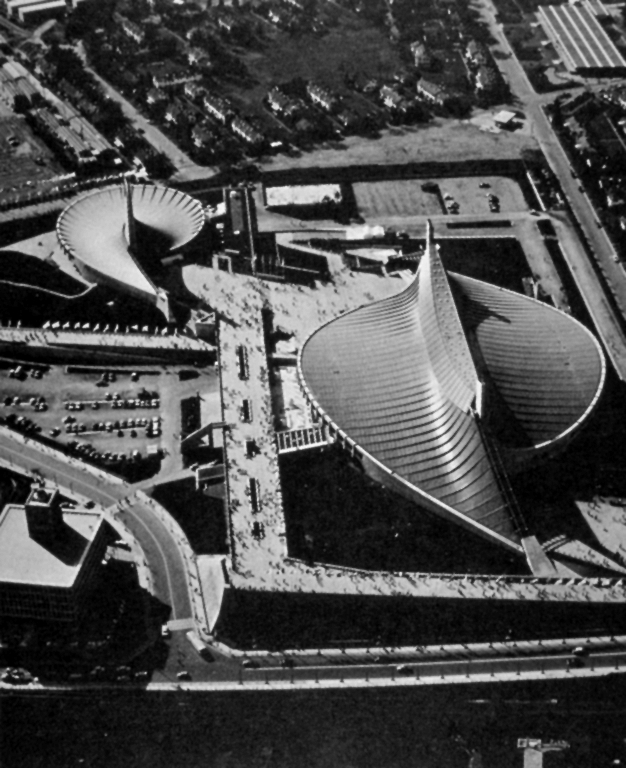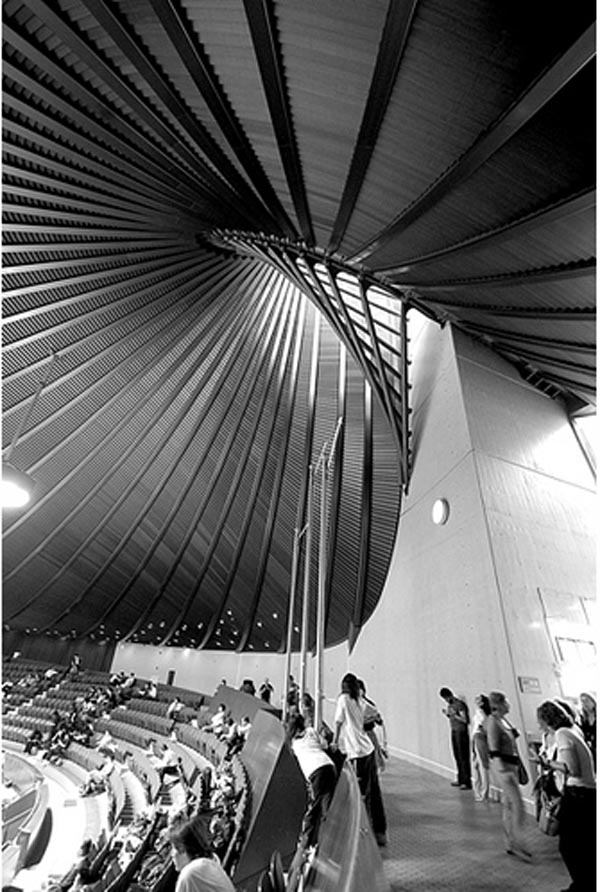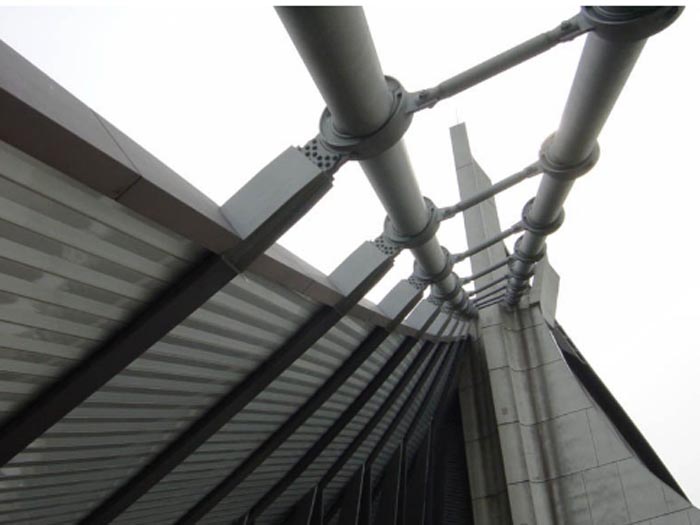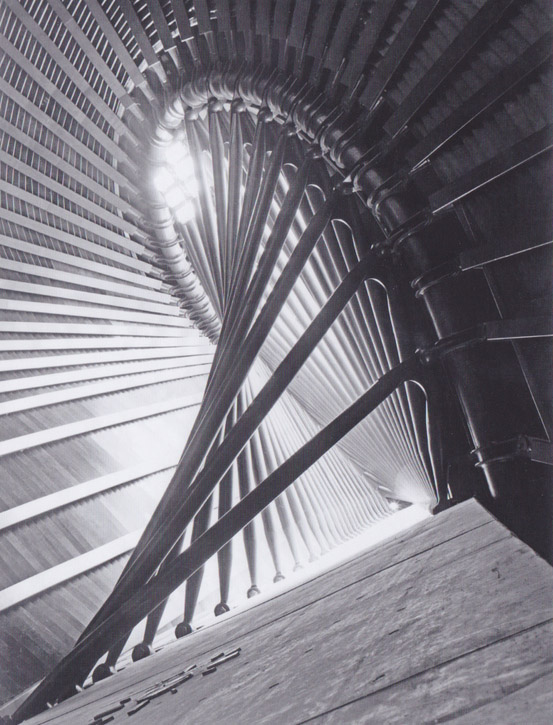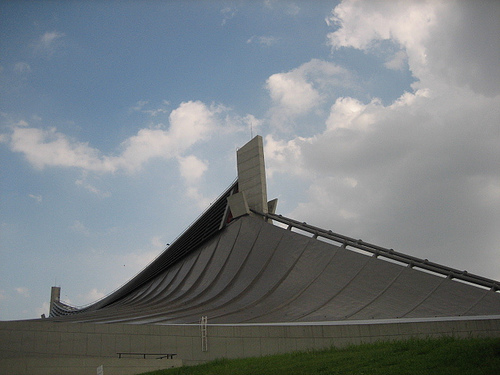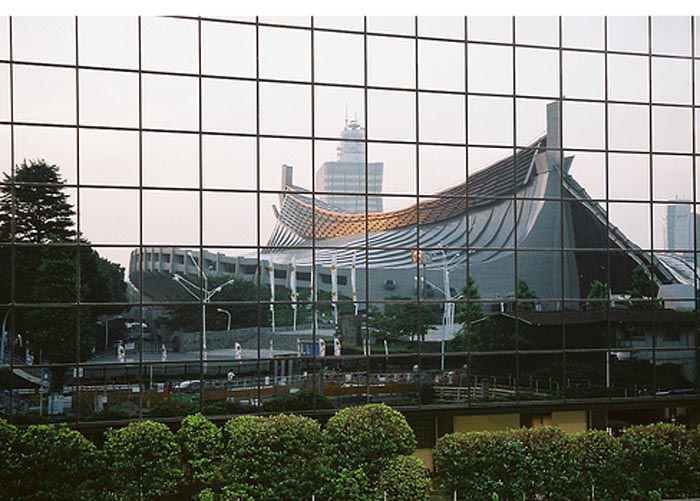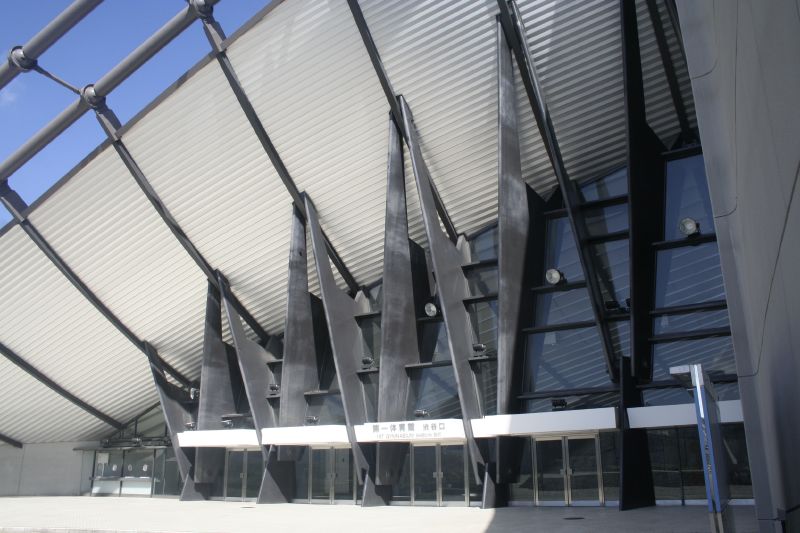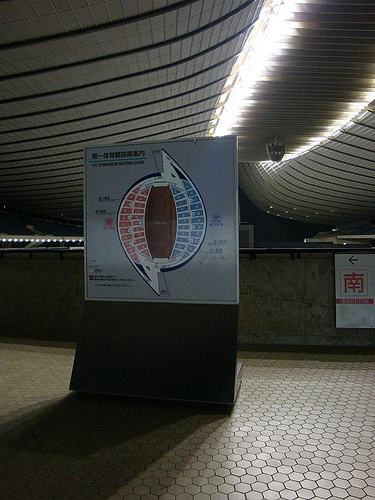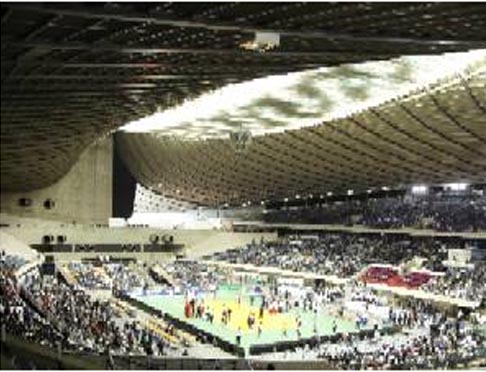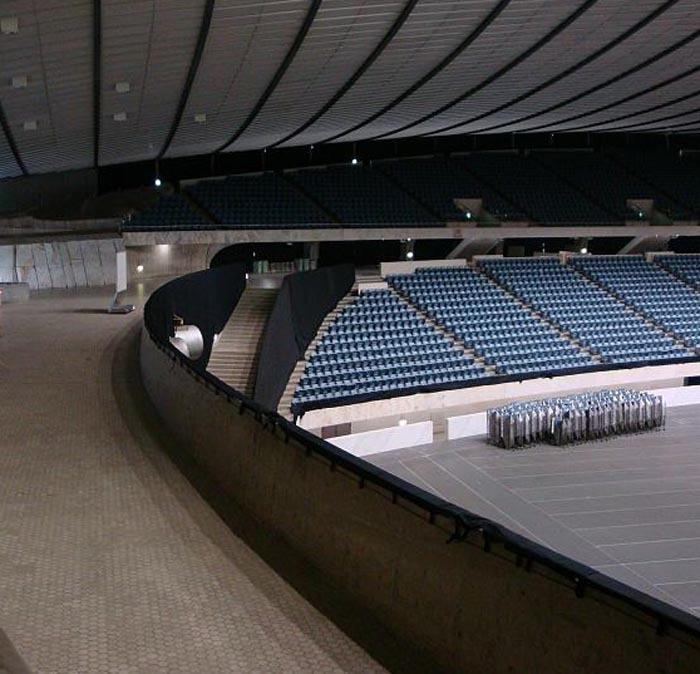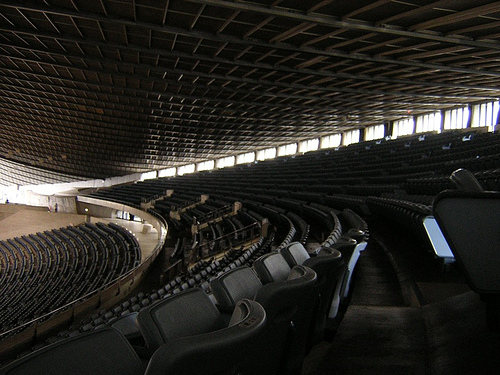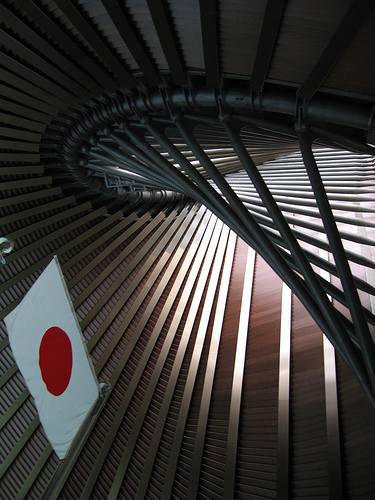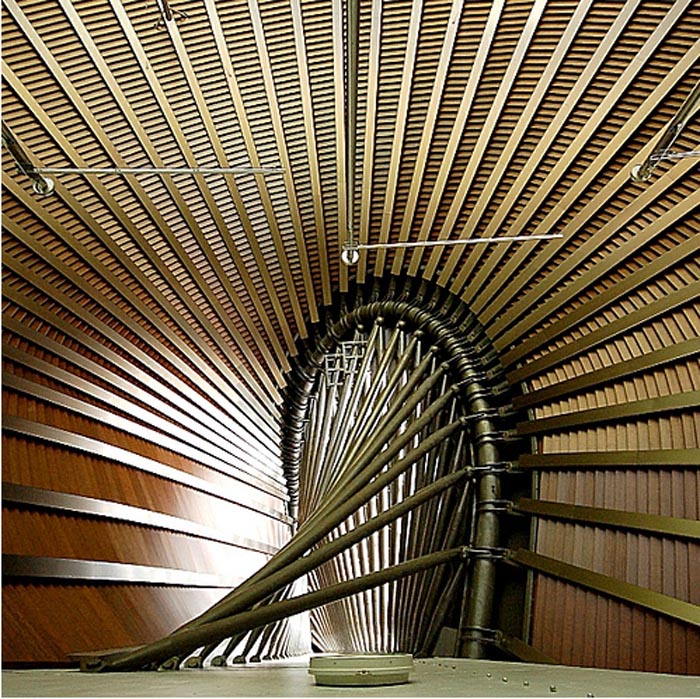Tokyo National Gymnasium
Introduction
For the first Olympics in Asia, the Ministry of Education commissioned Kenzo Tange a “signature architecture”, an outstanding building, which can be used not only functional but also as visual marketing of a country in economic progress.
Since 1961, the architect, working closely with engineers and Yoshikatsu Tsuboi Uichi Inue designed spectacular two gyms in the Yoyogi park in Tokyo, which are excellent and the main hub of a joint Olympics.
Location
The Olympic complex is also known as Yoyogi National Gymnasium, which is adjacent to the park of that name and a green area which is renowned in Tokyo, for hosting the very popular Shinto Meiji Shrine and close to station Harajuku.
Concept
The main gym evokes a desert tent, but also seen in the distance like a Japanese pagoda, while clearly remembers the little shell of a snail.
Esthetic
Aesthetics constructive shells suspended designed by Felix Candela in Mexico, Mathew Nowicki in Raleigh, North Carolina or Le Corbusier in the Philips Pavilion at Expo 1958 in Brussels, is reinterpreted by Tange in both buildings, but the architect not only reference to this architectural model of the sixties, but reaffirmed its willingness to favor the aesthetic effect of plastic work, but after four decades, continues to fascinate international critics, is far from constructive approach, and that ” gyms “were not distinguished by some shells to be optimized, but for a sublime aesthetic idea.
Spaces
The Great Gym
The Grand National Fitness Center contains an Olympic pool in convertible track skating on ice and it is the main runway.
Access to the site are striking and impressive, and are preceded by small squares before the sport, serving as lobbyists.
The Little Gym
This stadium is home field for basketball and other ball games.
At this stage of a circular shape, the track is displaced with respect to the circle formed by the bleachers of the spectators, which gives it a way that recalls a “snail”, is reinforced by the shift in direction of the ring distribution outside. The layout of these plants was made in light of the move from the public, both on entry and their distribution in the interior later.
Structure
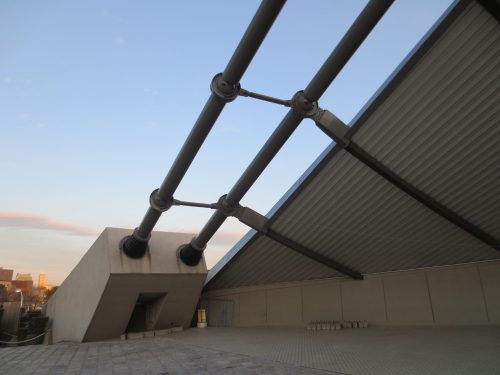
The Great Gym
The roof of the large gymnasium-like structure is suspended from the hanging bridges. In this case, the roof is supported by steel towers anchored by two large slabs of concrete, and tighten it at the same time allow you to remain hanging through thick steel cables that form the prestressing wires.
To make up the roof, Tange catenaries binds with the top of the bleachers as if it were two wings, managed to reduce the weight of the huge image building.
It is a spiral-shaped stadium in which two arcs of circles with different radii and in which the extremities of the two opposite ends growing tip, creating a visual impression that reminds one store. This shape is repeated in the contemporary design of some churches, like the new Basilica of Guadalupe, which was designed ten years later by Pedro Ramirez Vazquez of Mexico city.
Tange used the combination of hyperbole and parable, convex and concave shape at a time, between the curvature tensors of the cords and the galleries, creating an elegant and graceful coverage, while the eye of the observer is always different from any angle you look at it.
The Little Gym
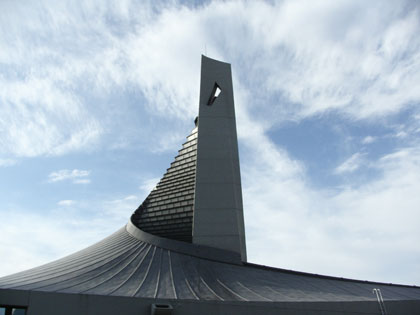
This has been raised on a circular plan and a radio mast hanging cables tensors in symmetrical fashion. Instead of two slabs of concrete, the only pole is embedded in a single plate.
Cover is constructed as a laminar structure, following a principle similar to the mesh wire with rigid edges. Instead of the steel cables, the structure form a set of hanging beams lying among the foothills of the outer ring and a steel tube that rises in a spiral and between which are supported in regular intervals and diagonal beams anchor then covered with steel plates of 4-5 mm in thickness and forming the outer casing.
Materials
The buildings are the result of a combination of steel, aluminum, glass and concrete “béton brut”, whose apparent validity as material was a recurring theme in the architecture of Kenzo Tange.
Video
